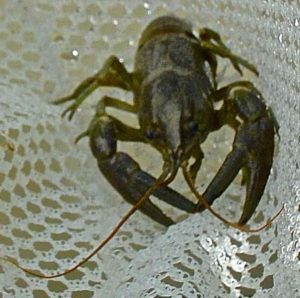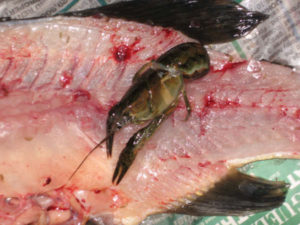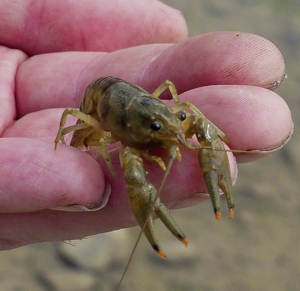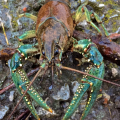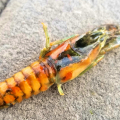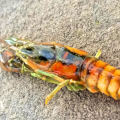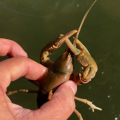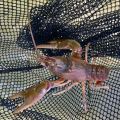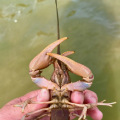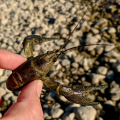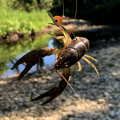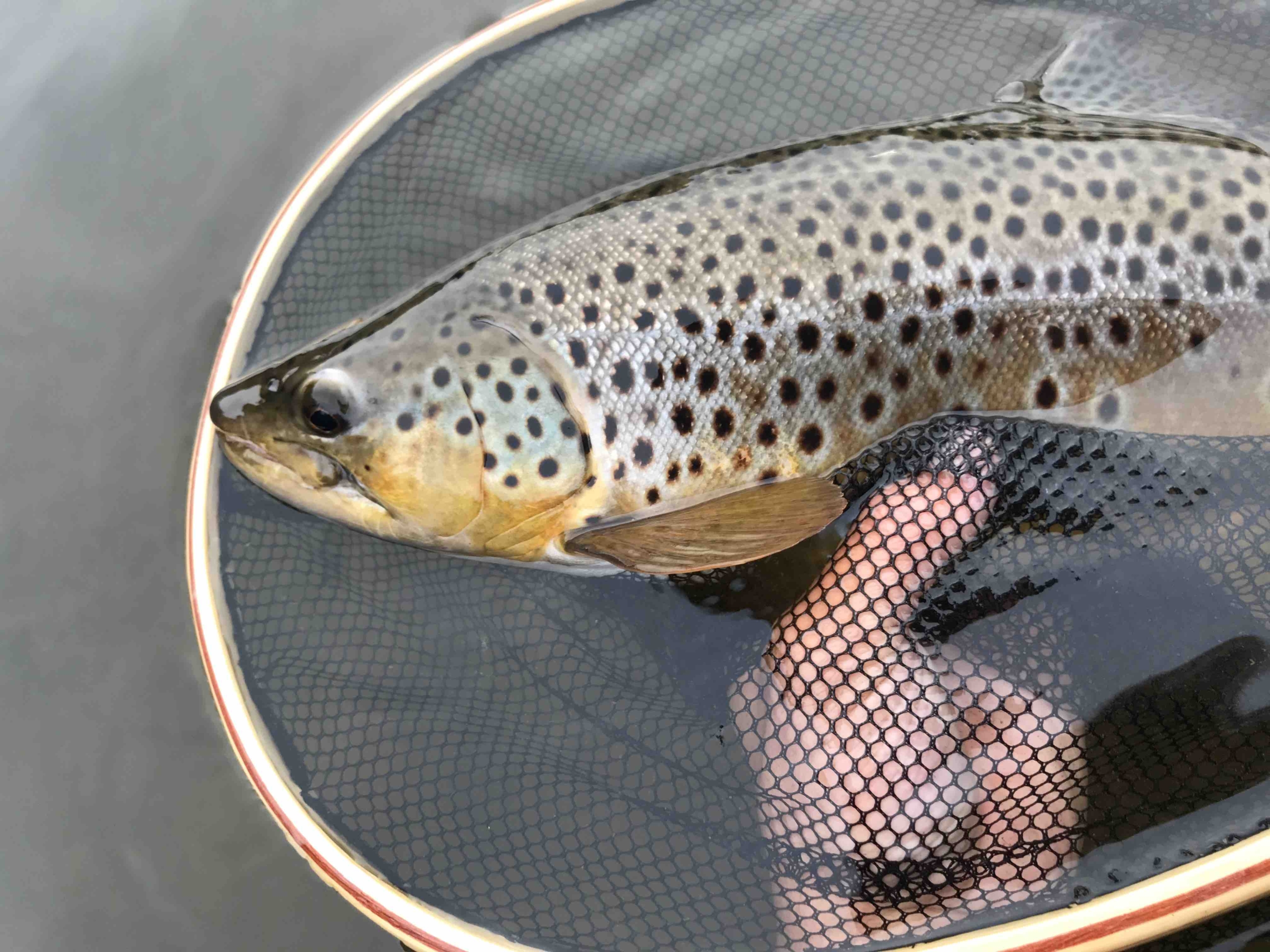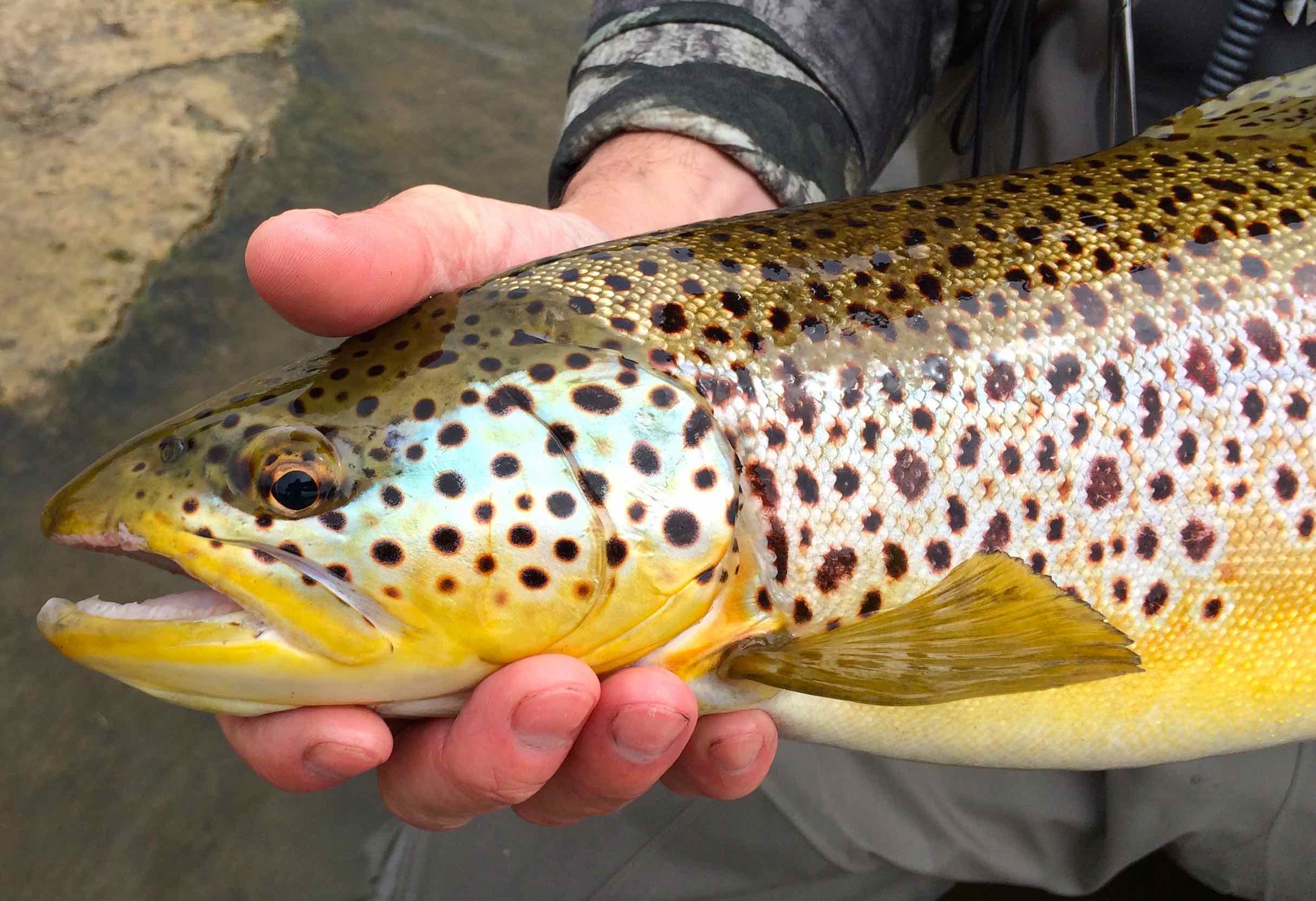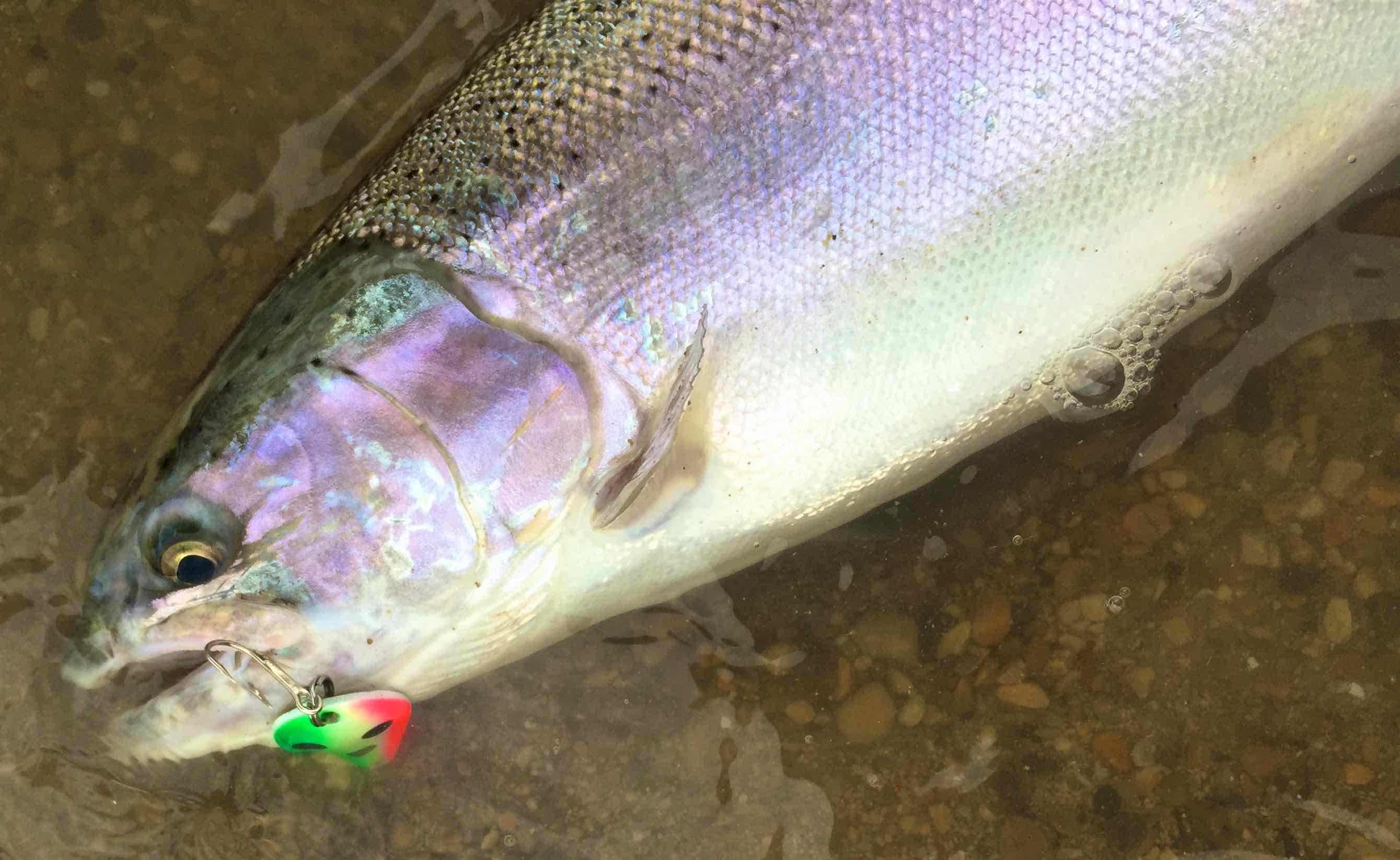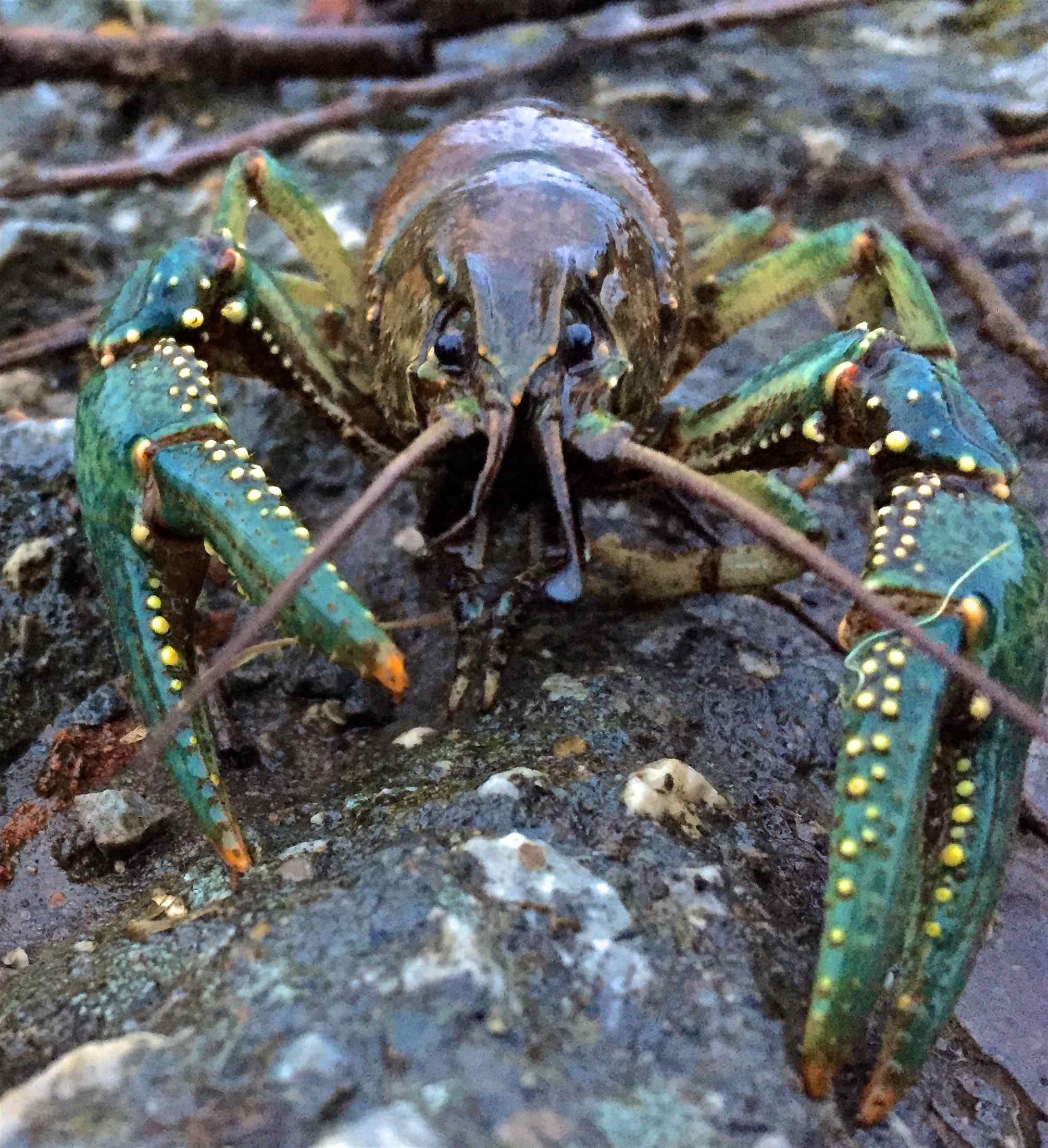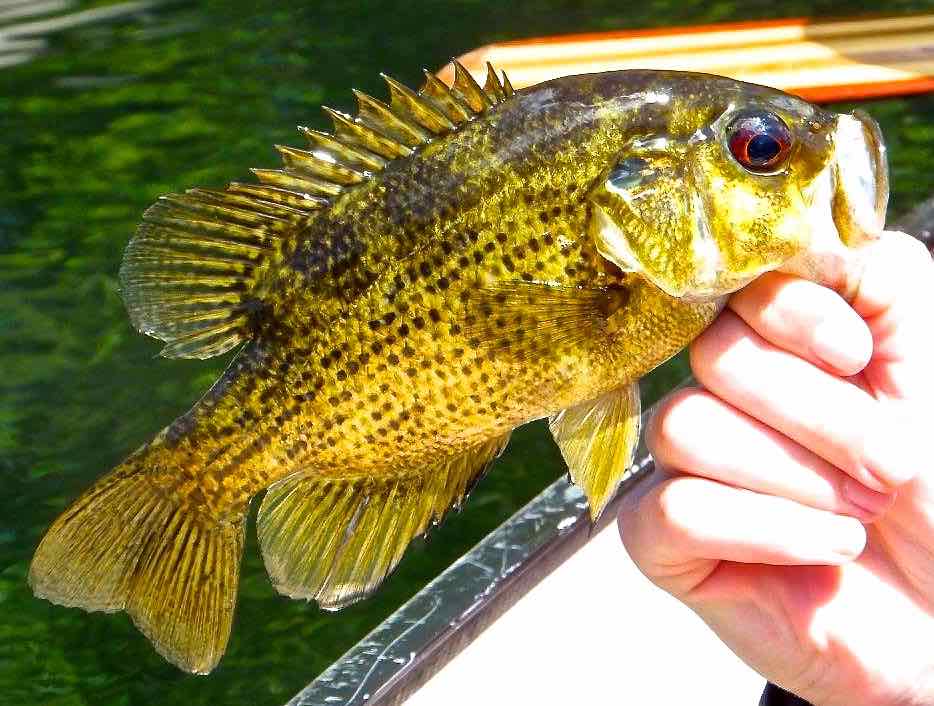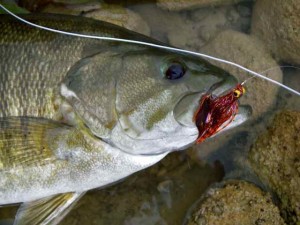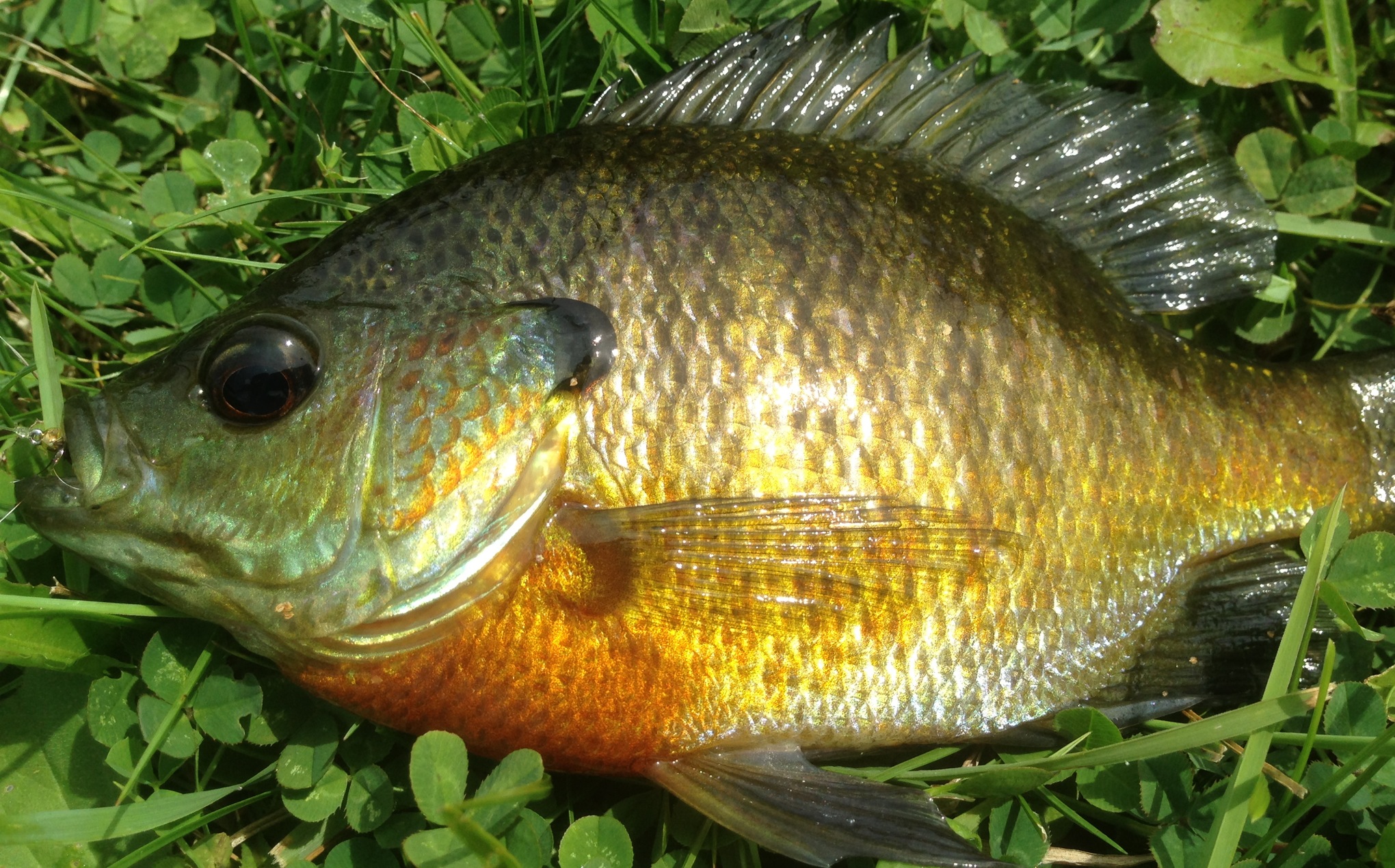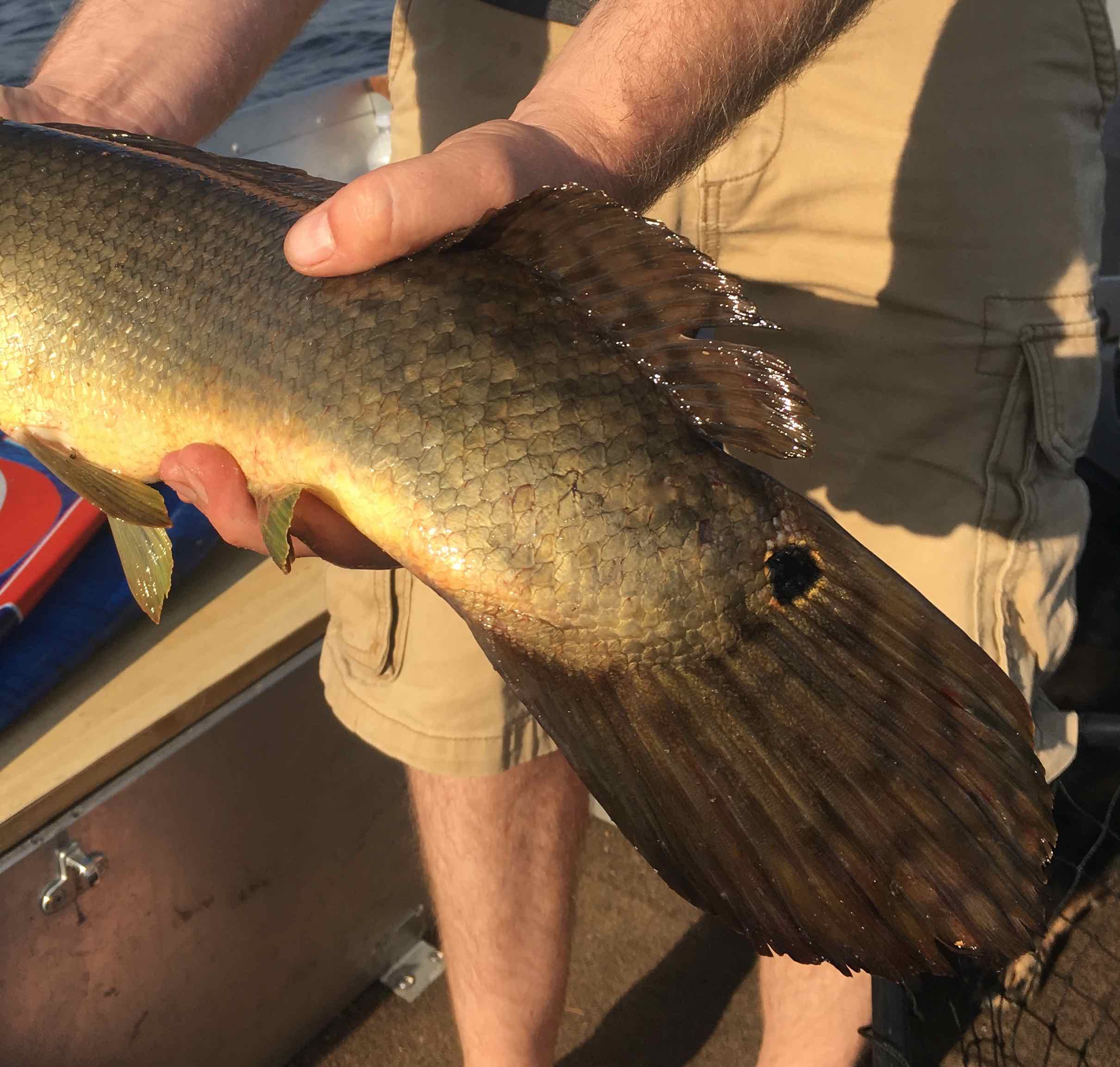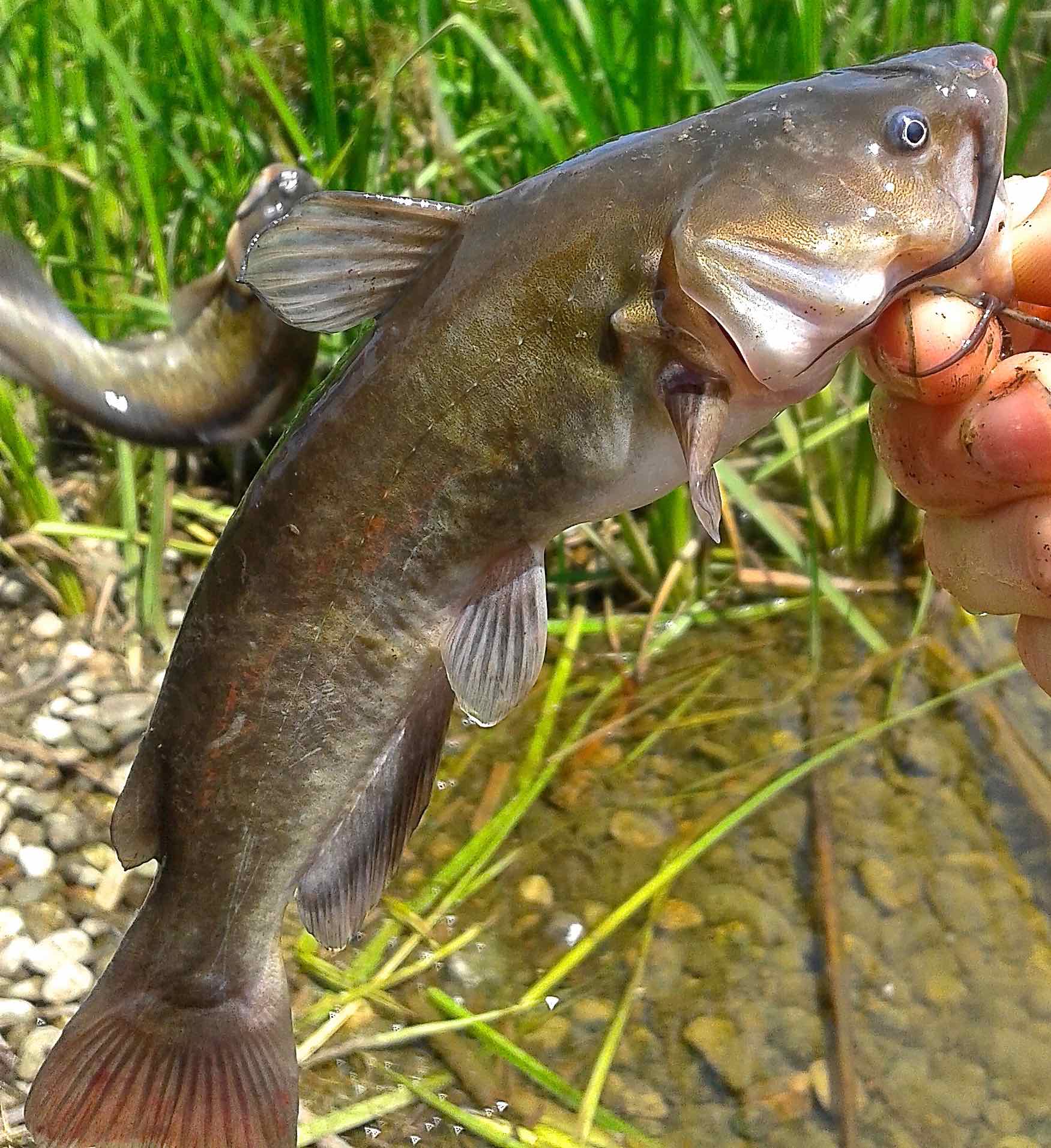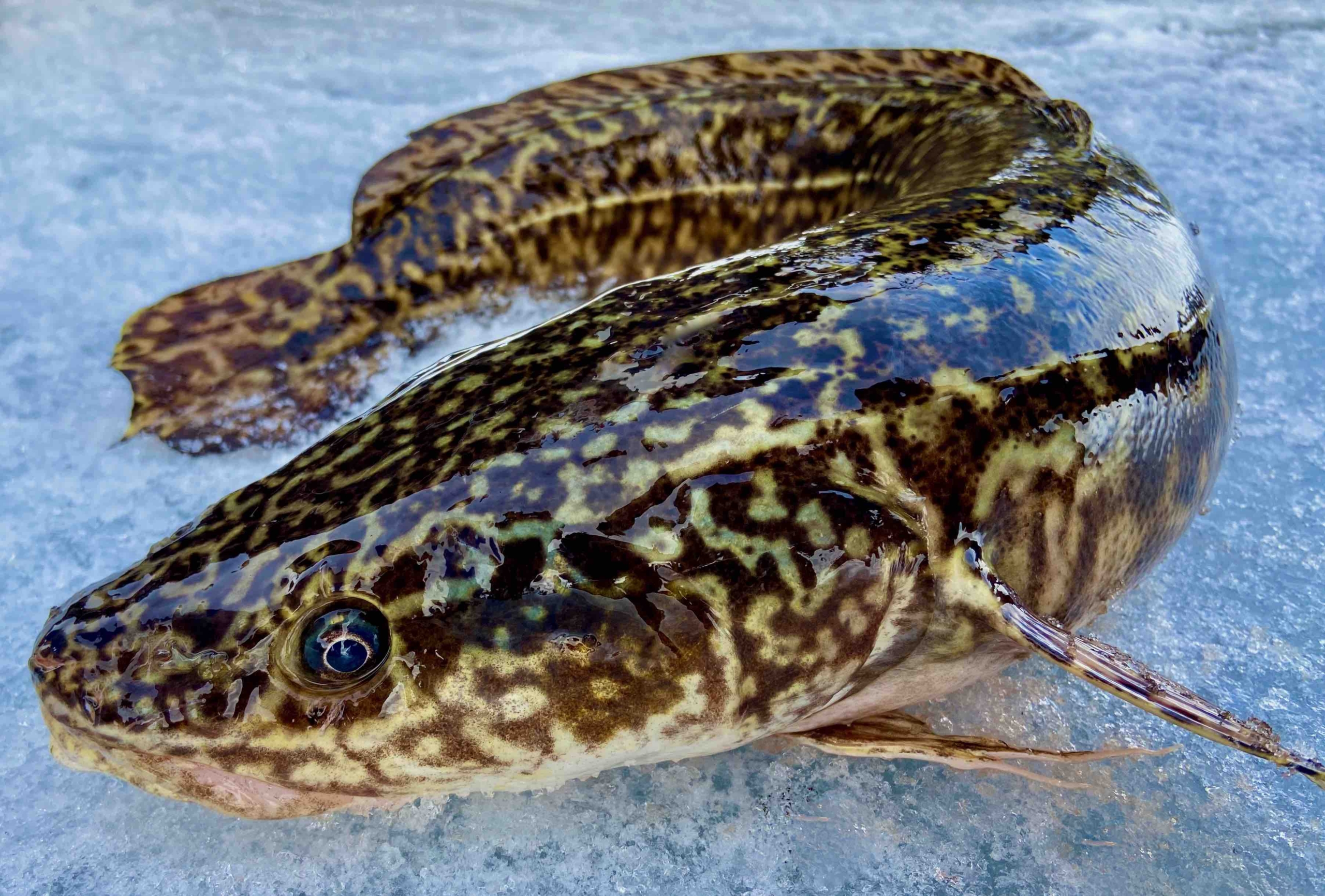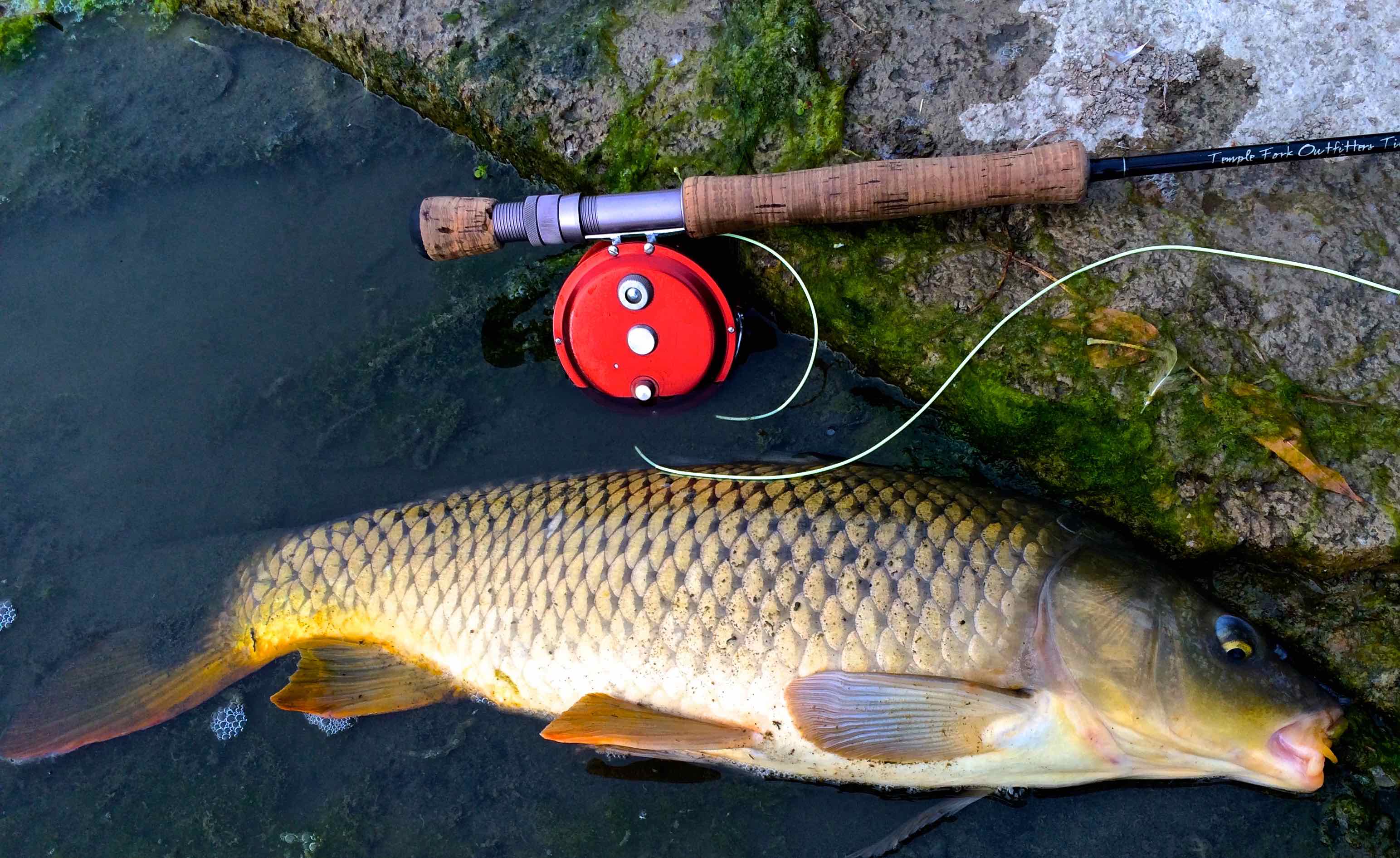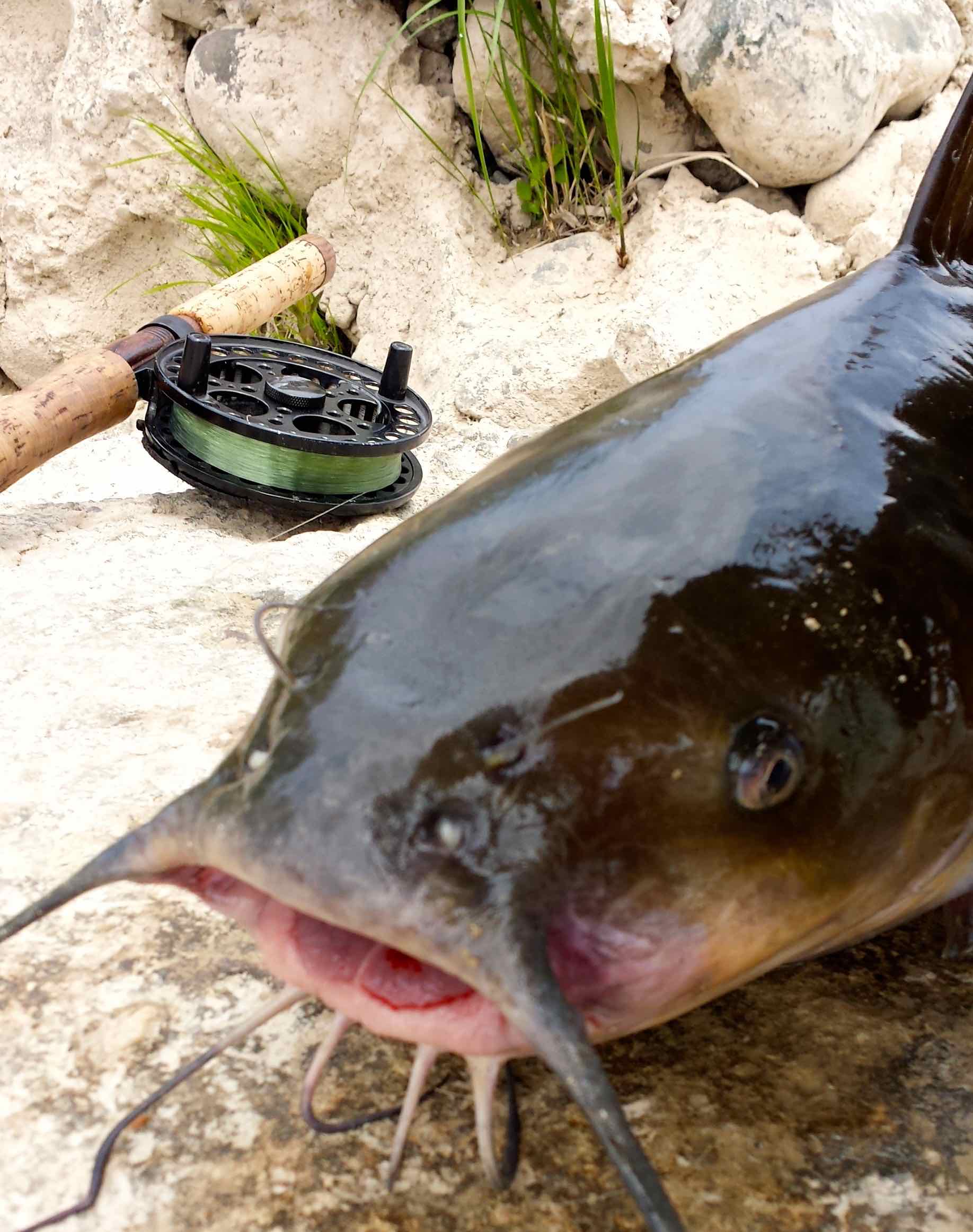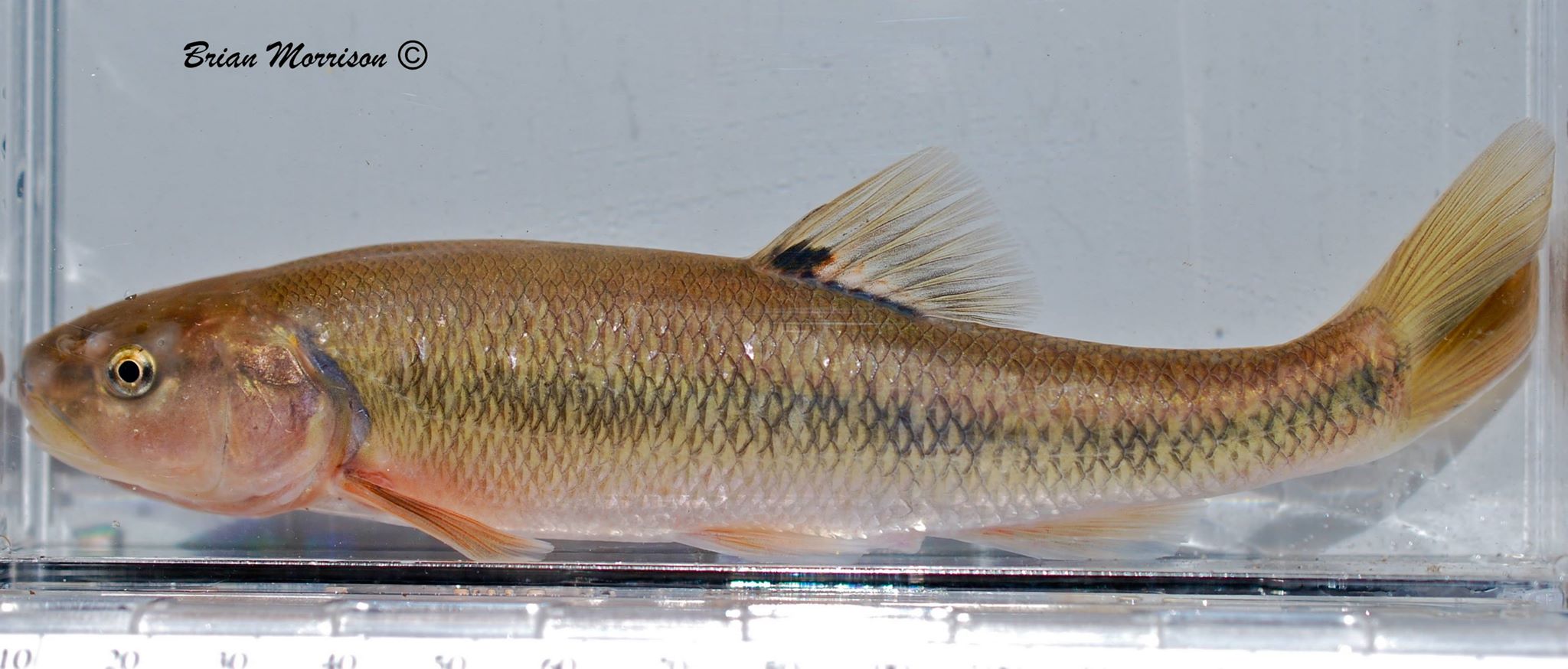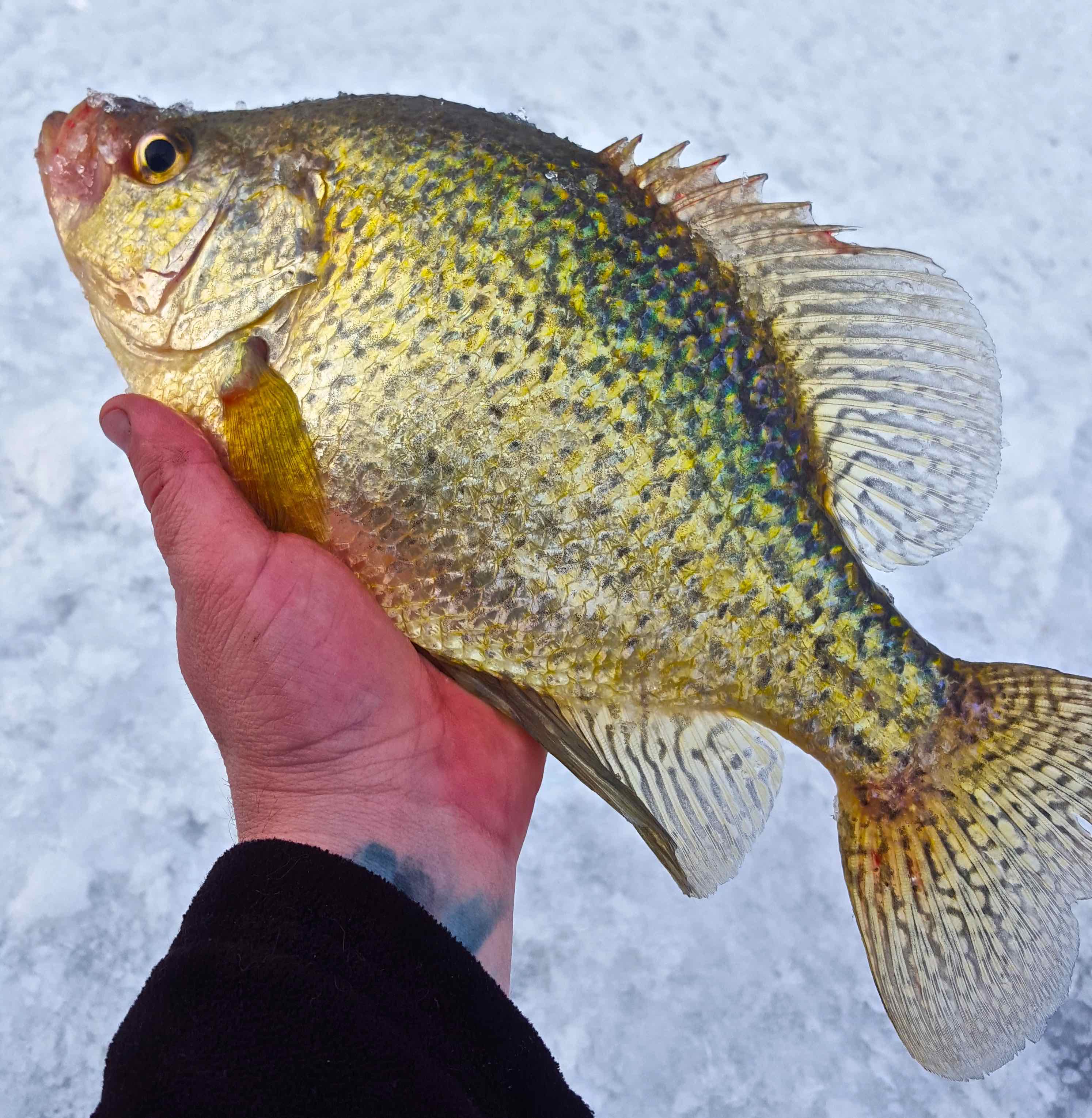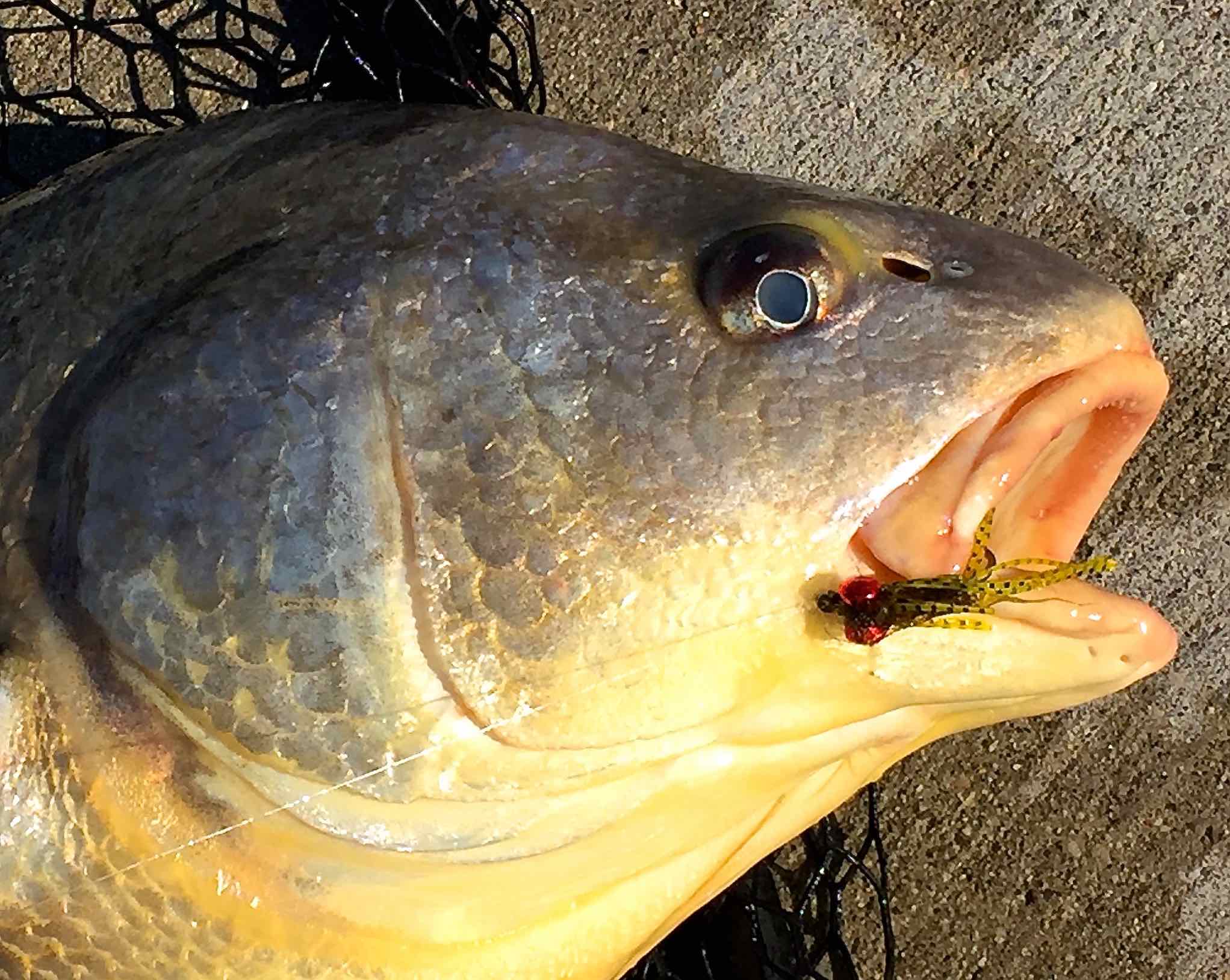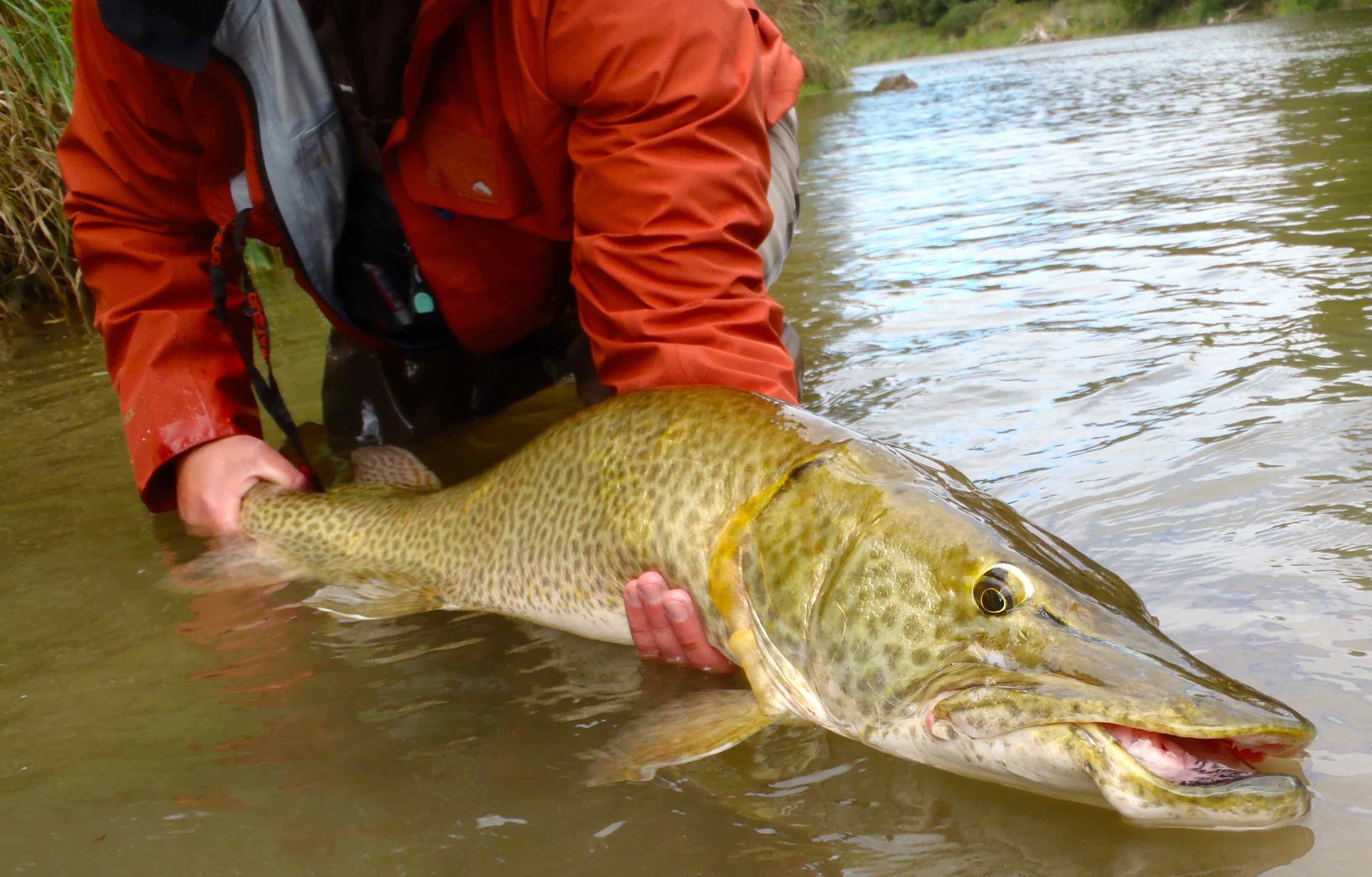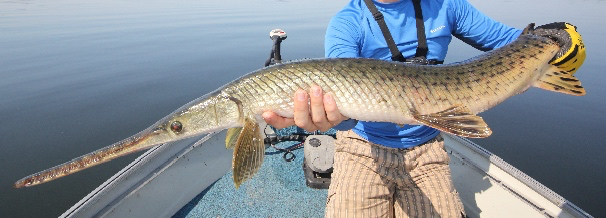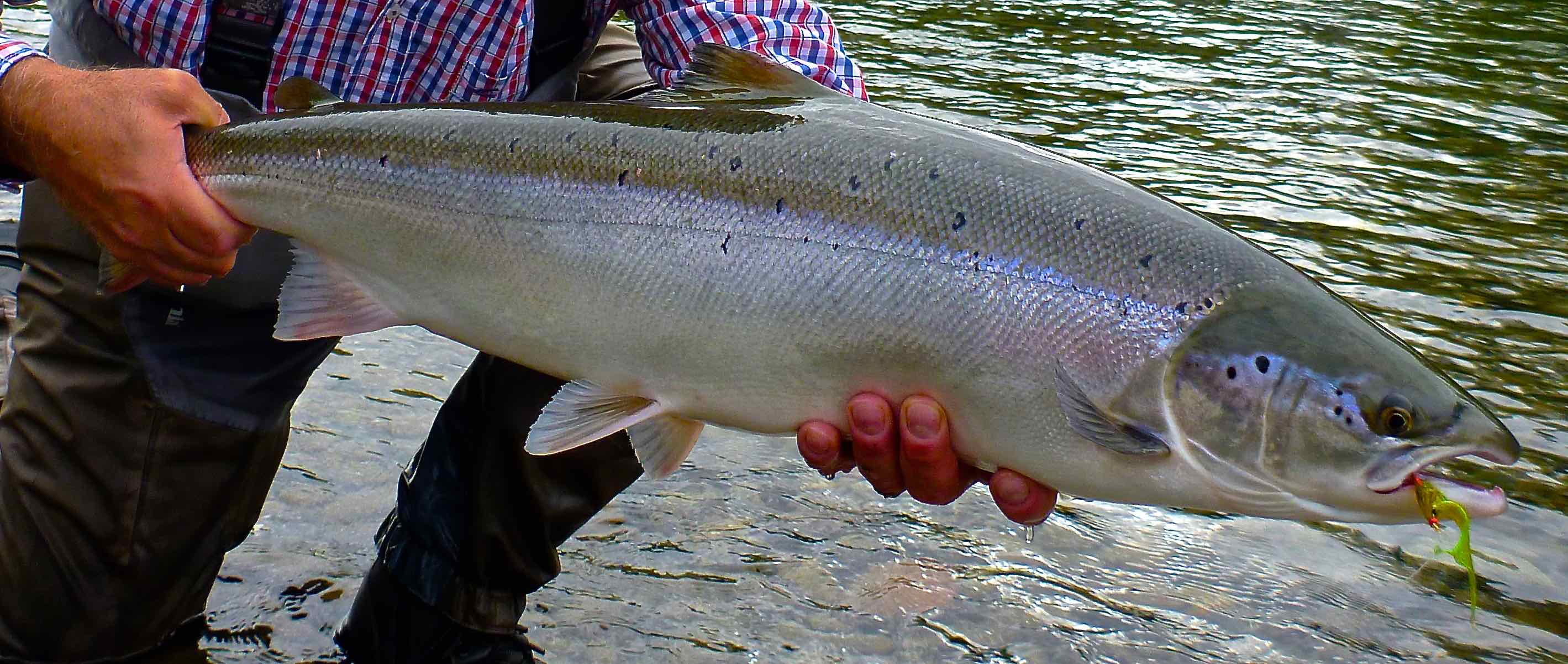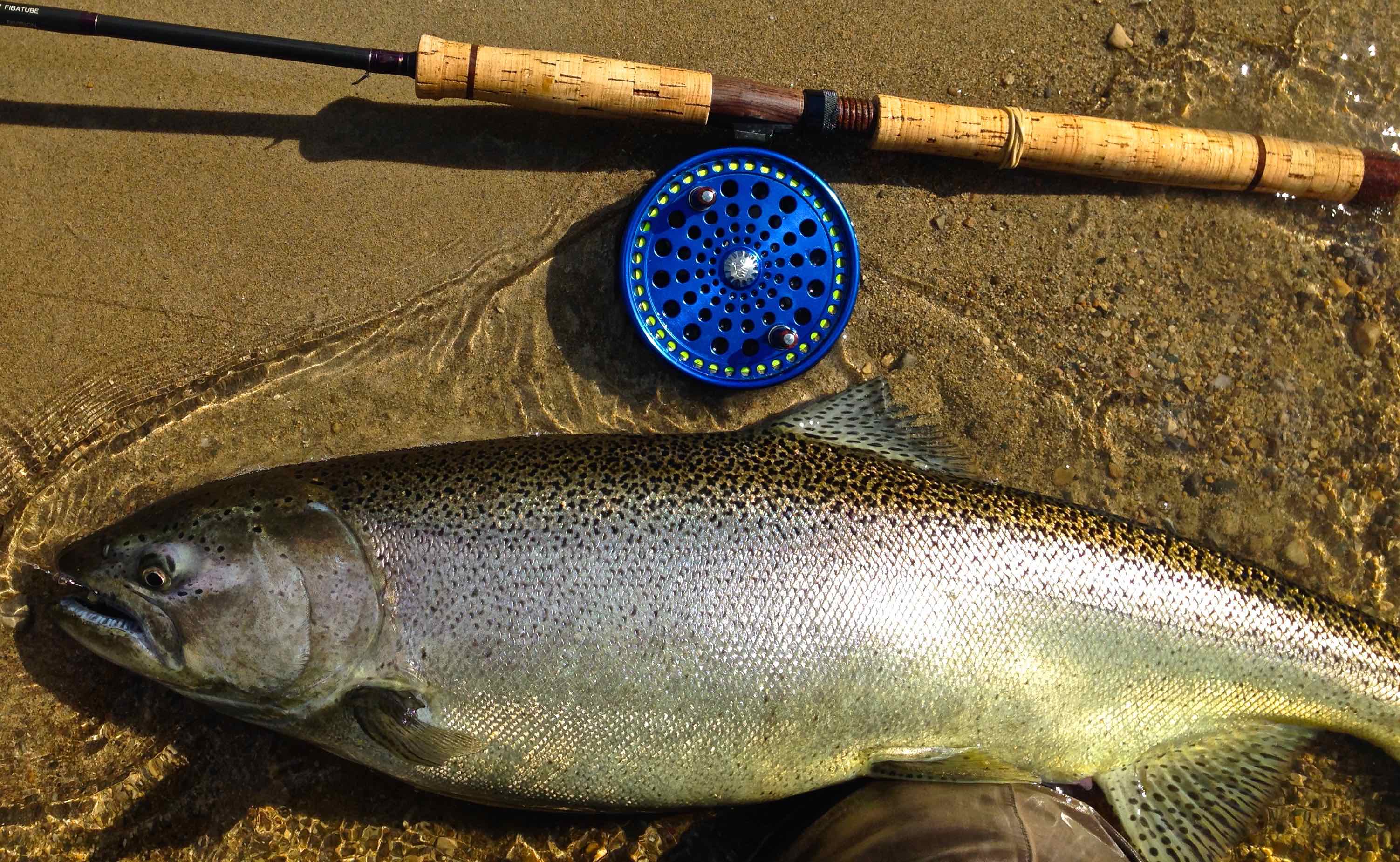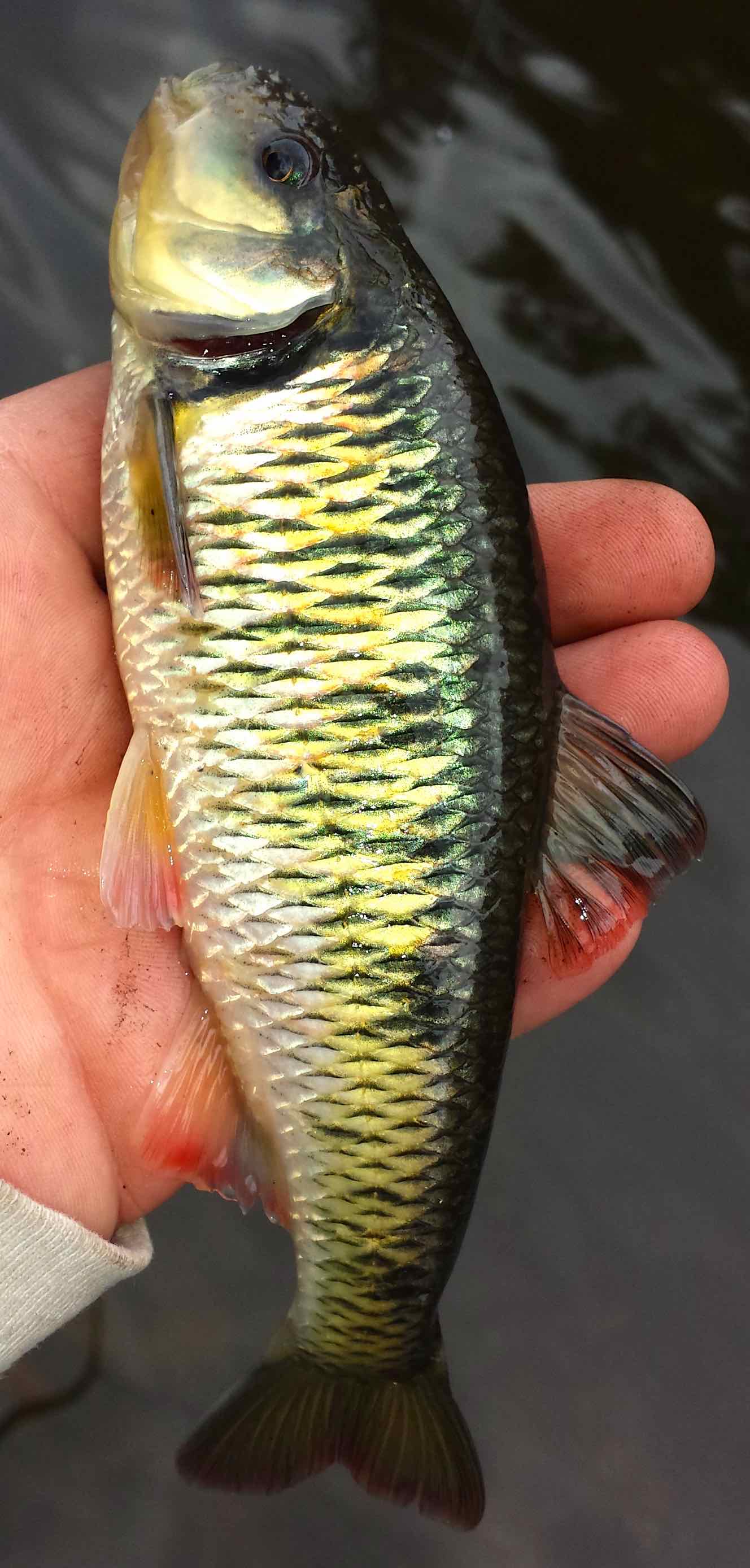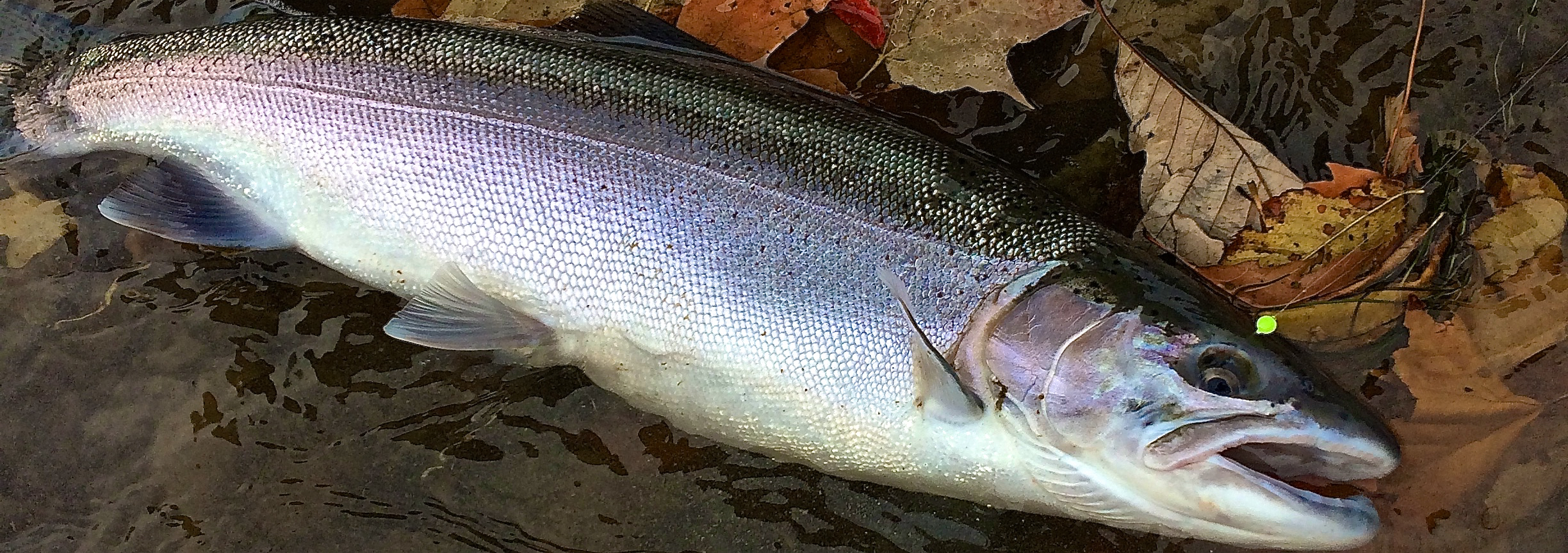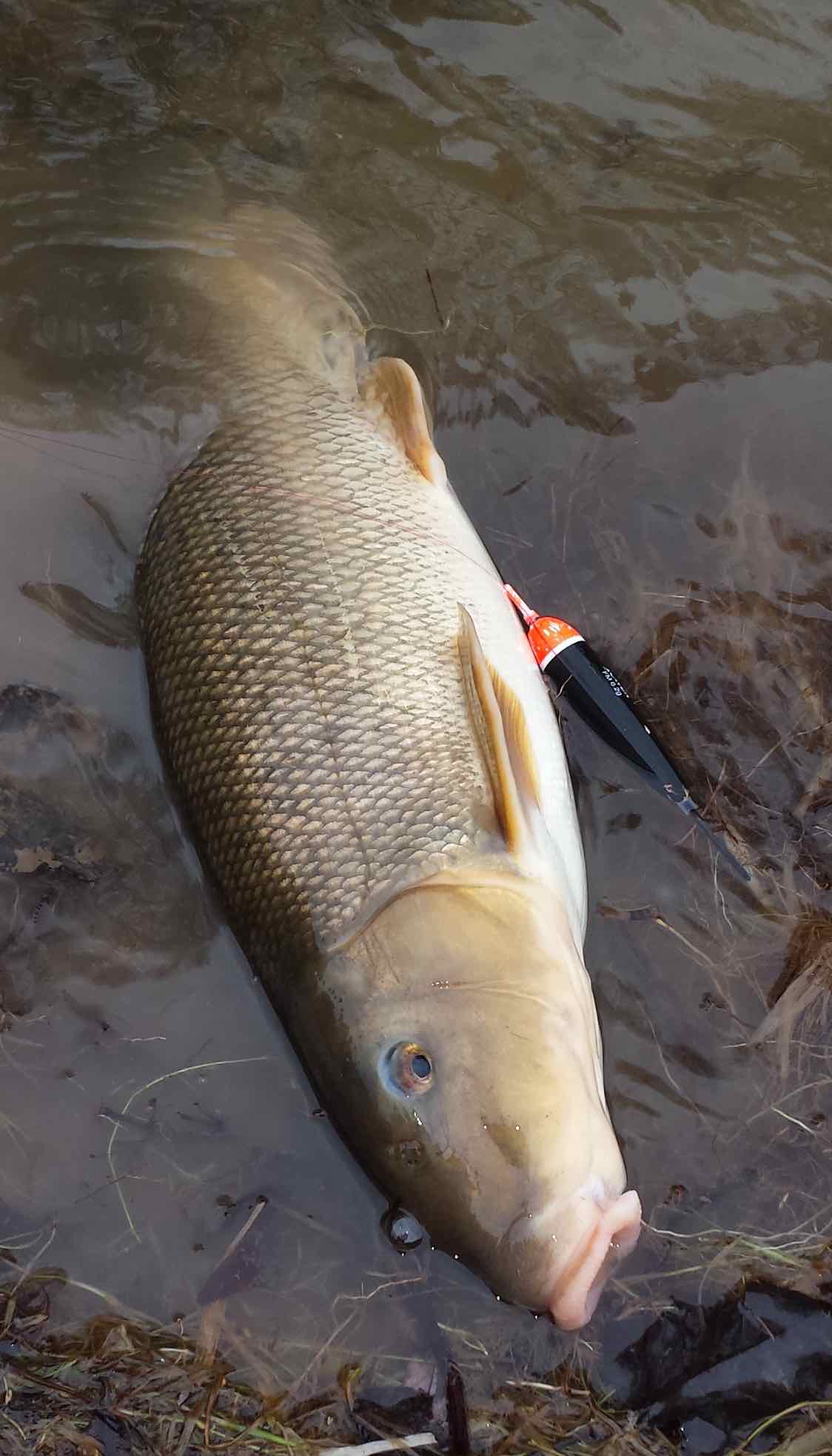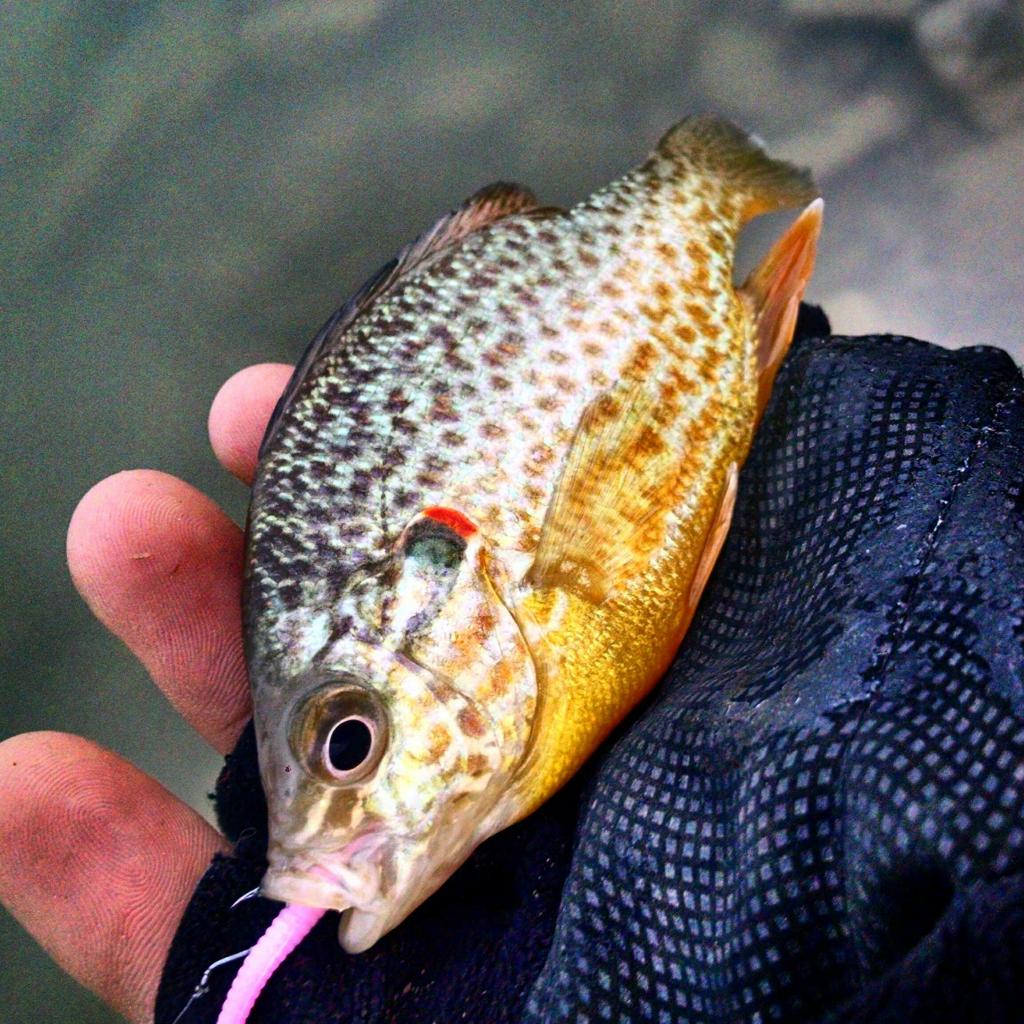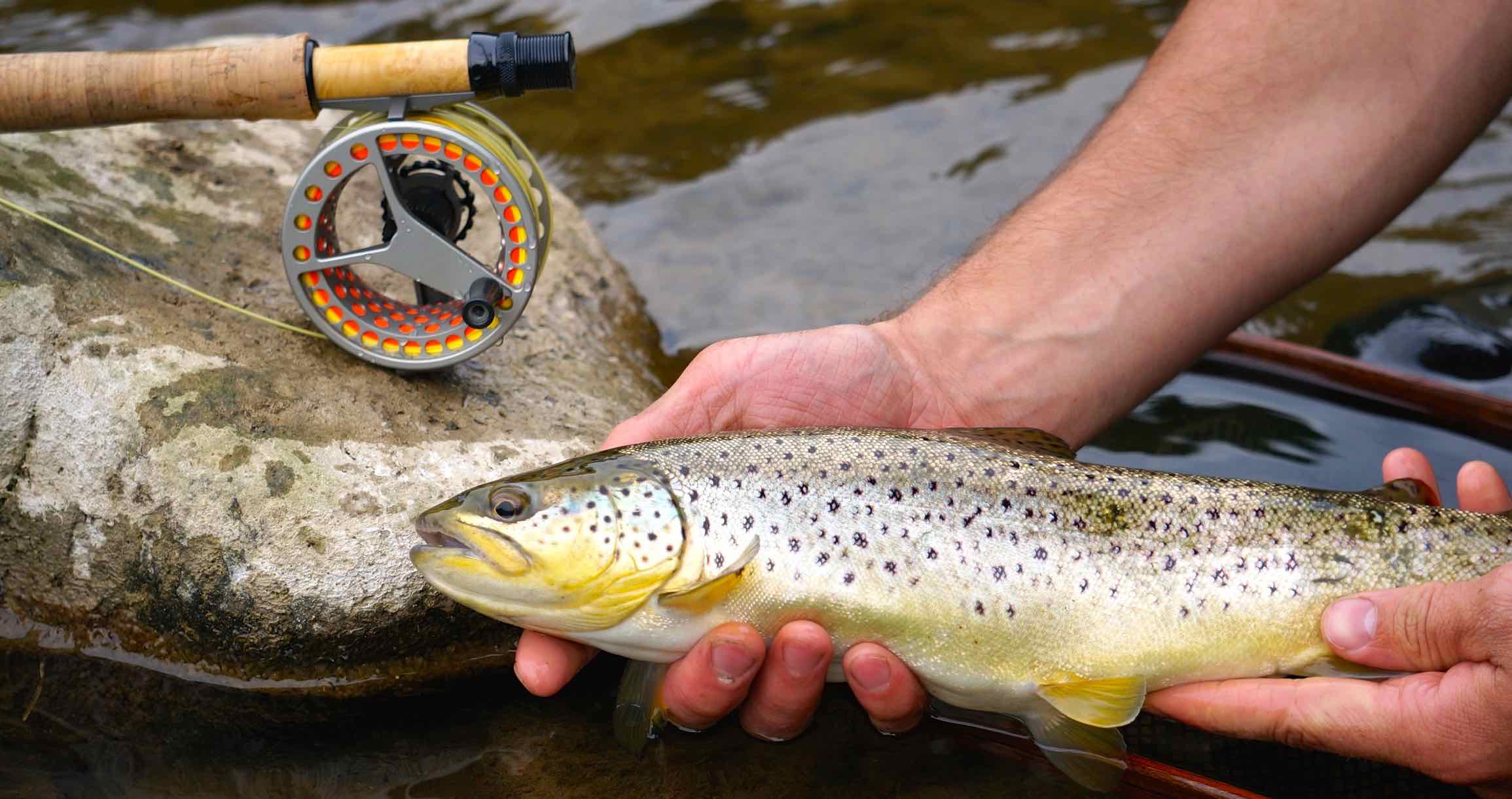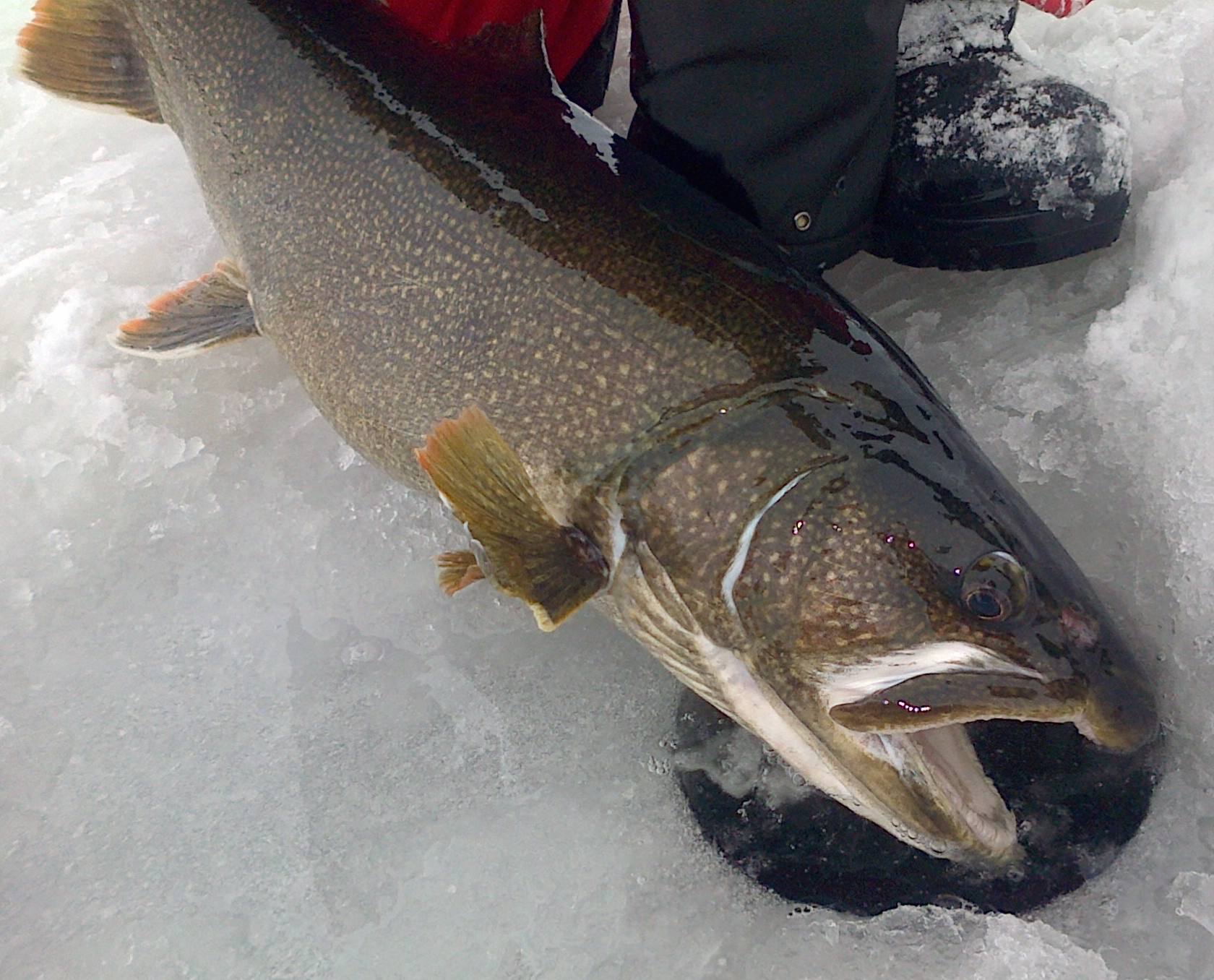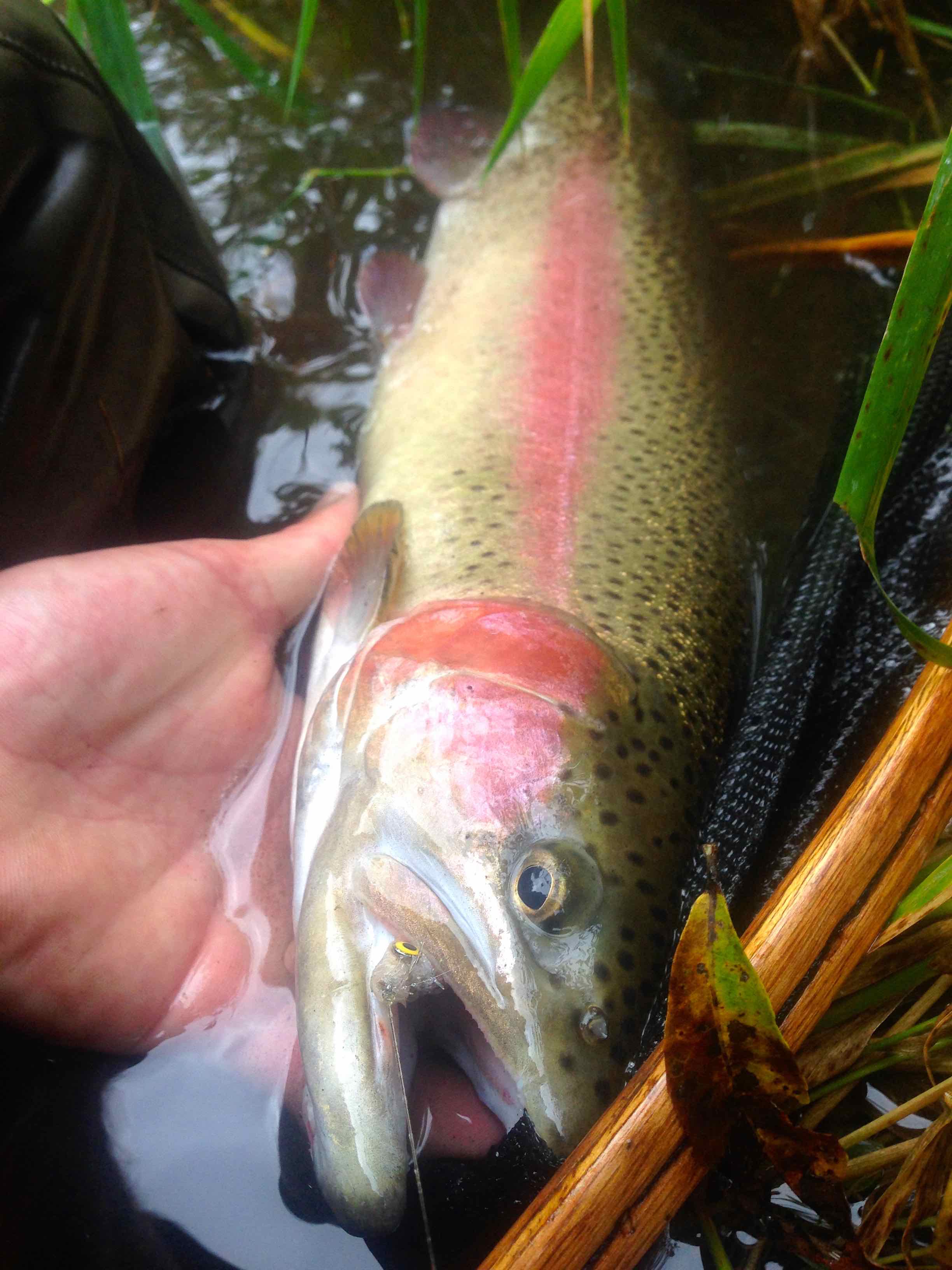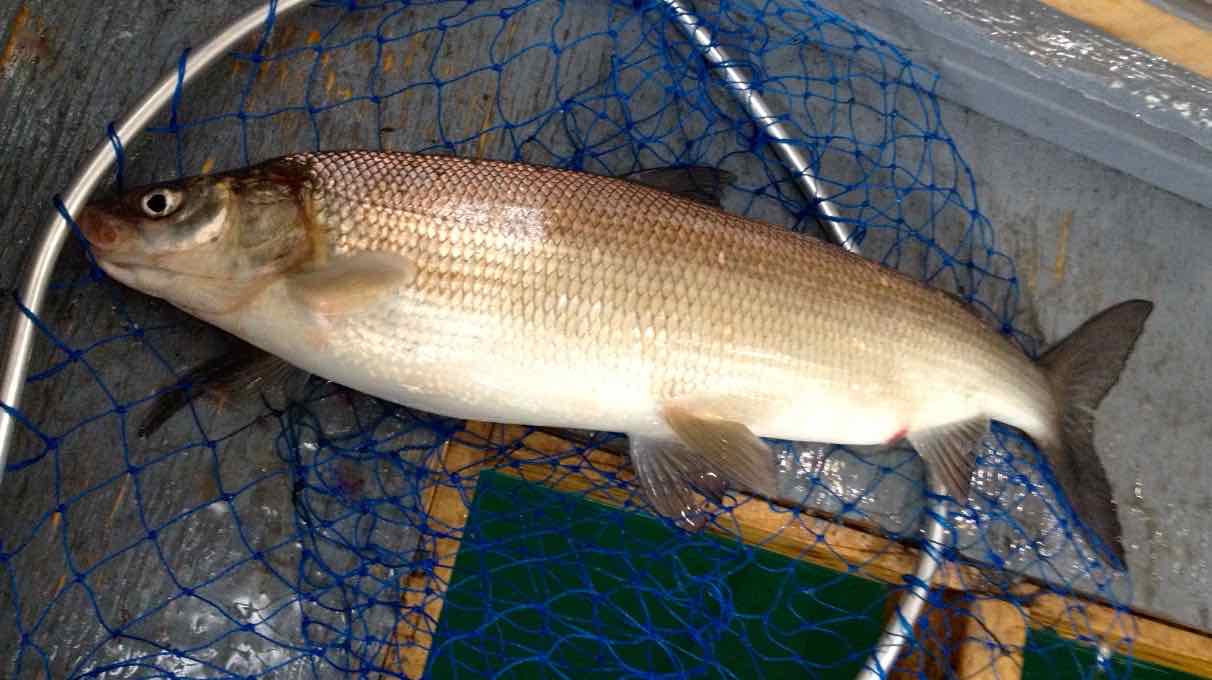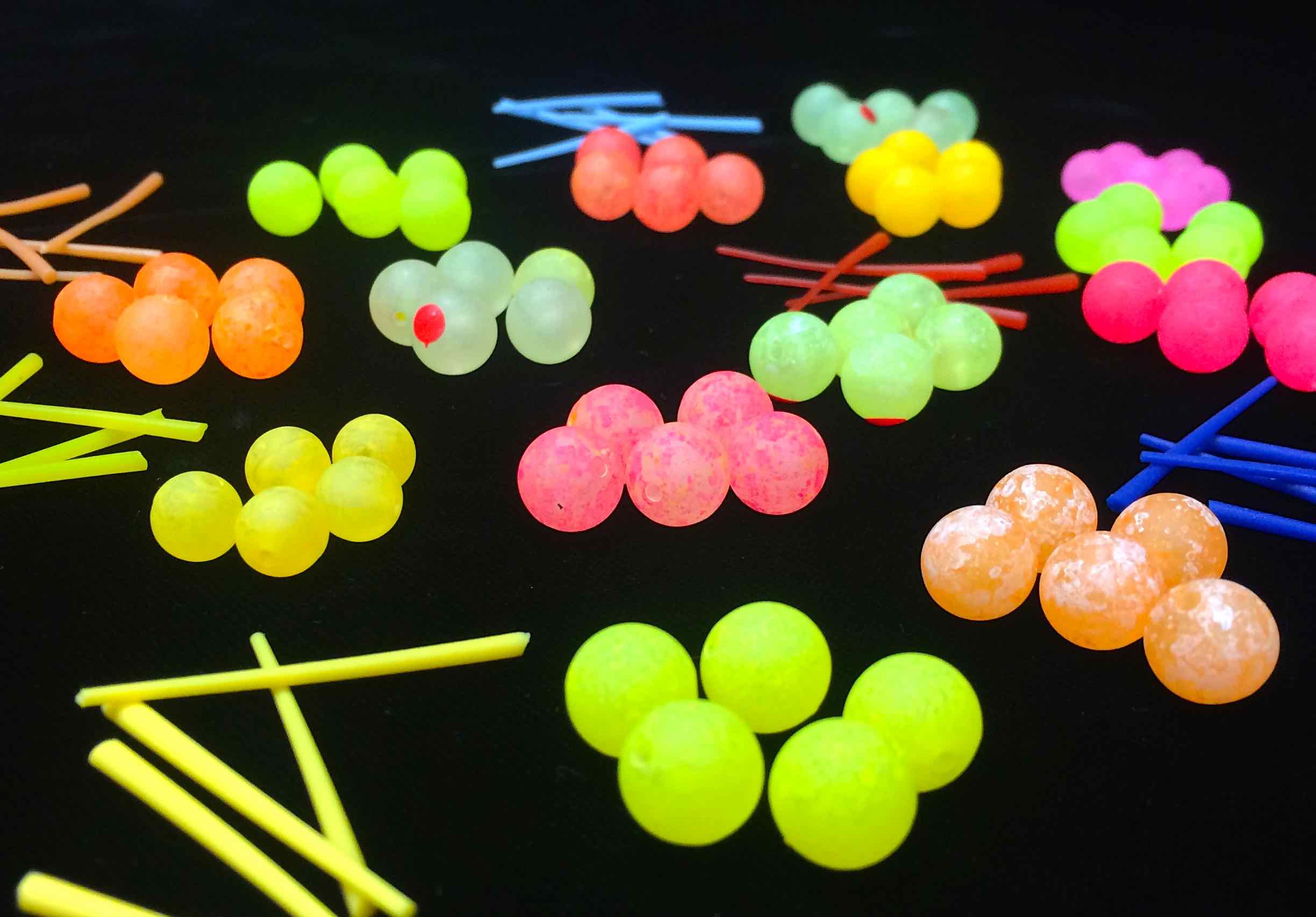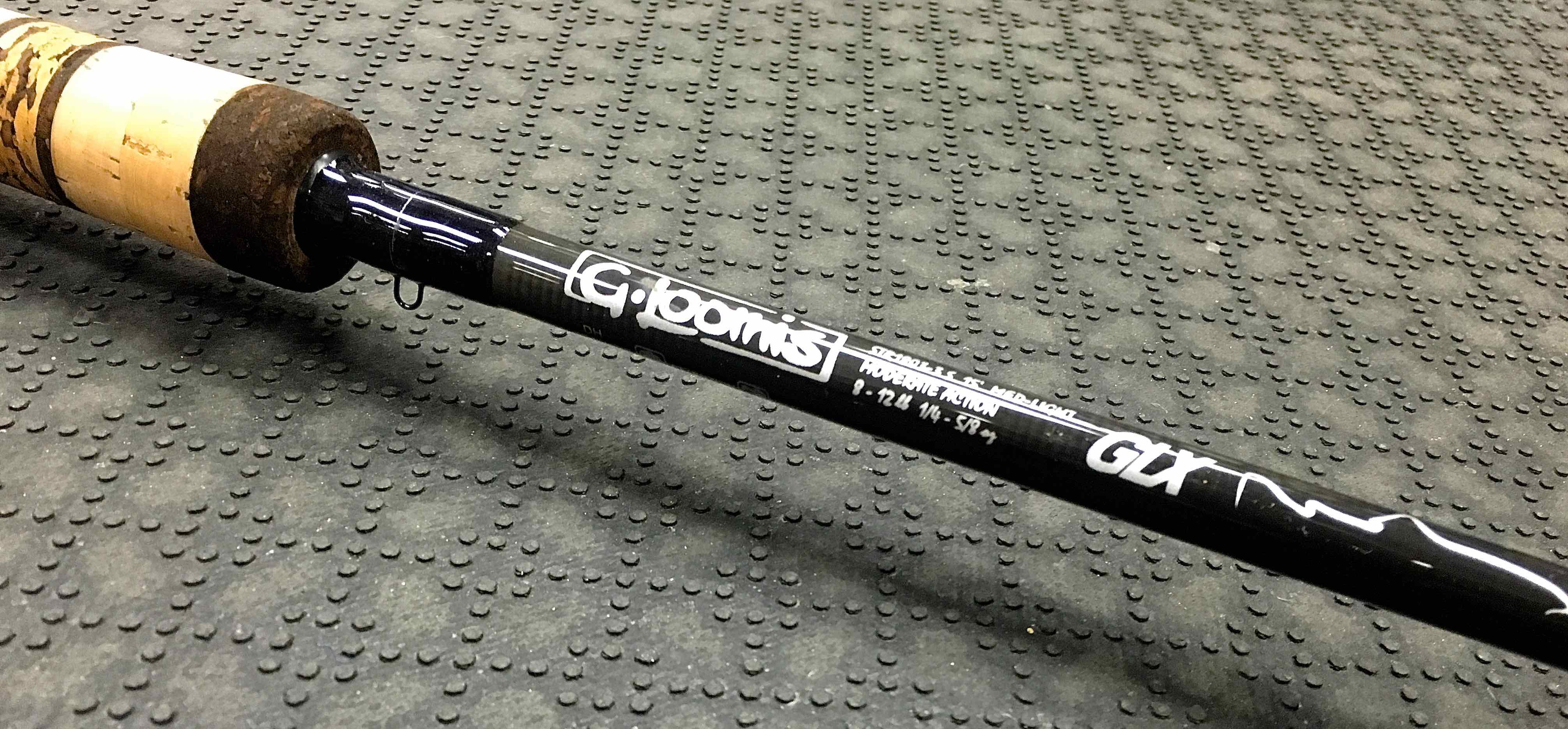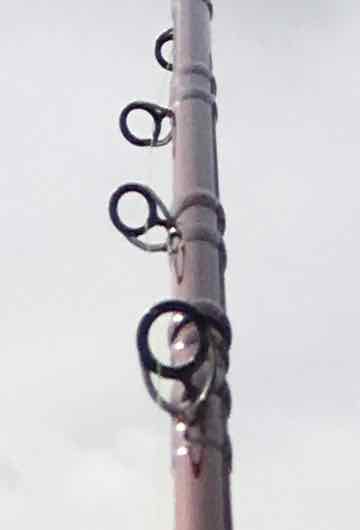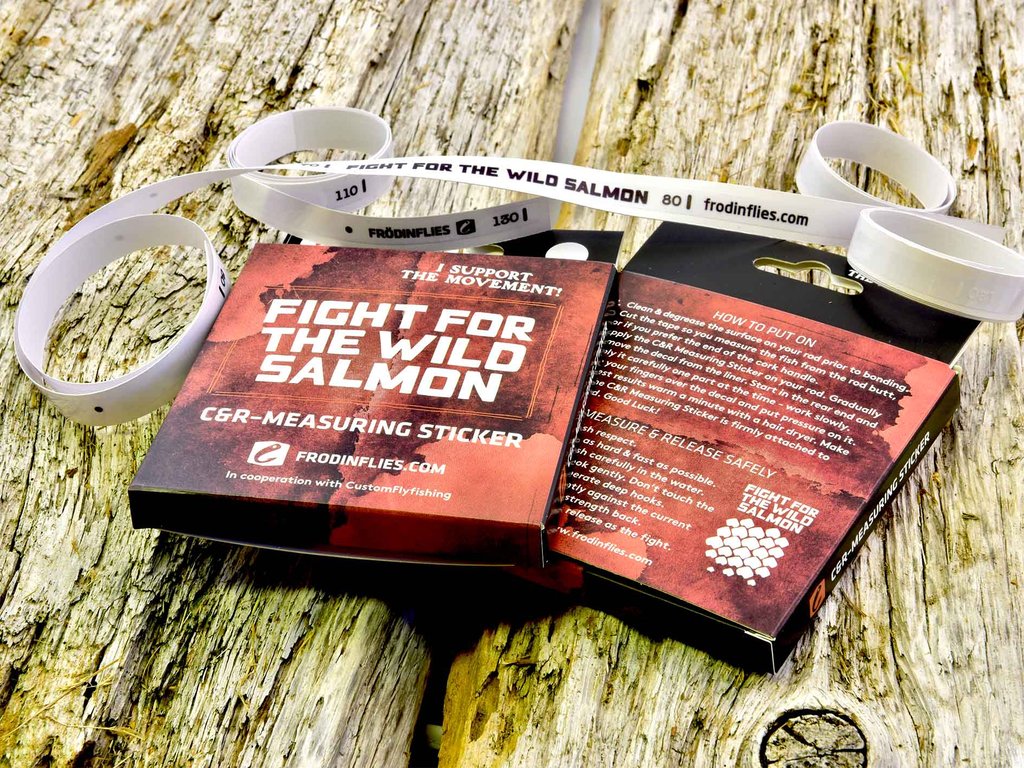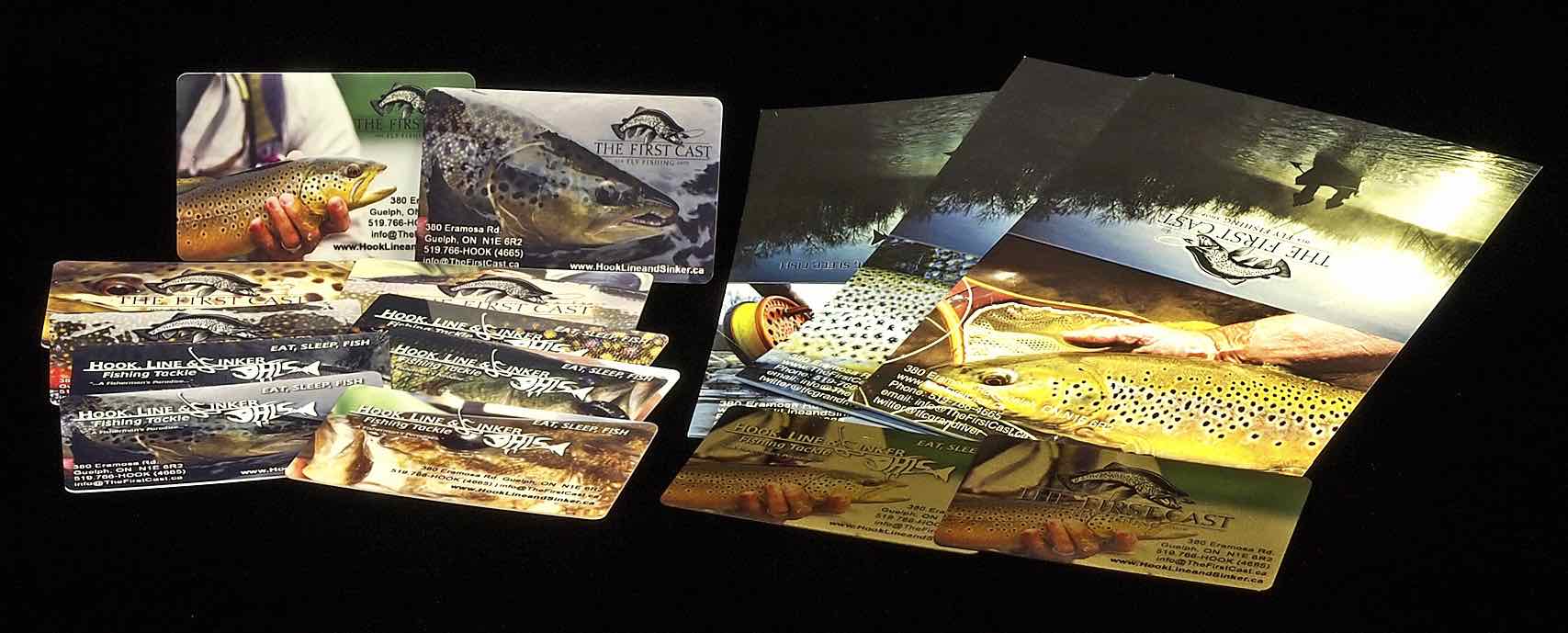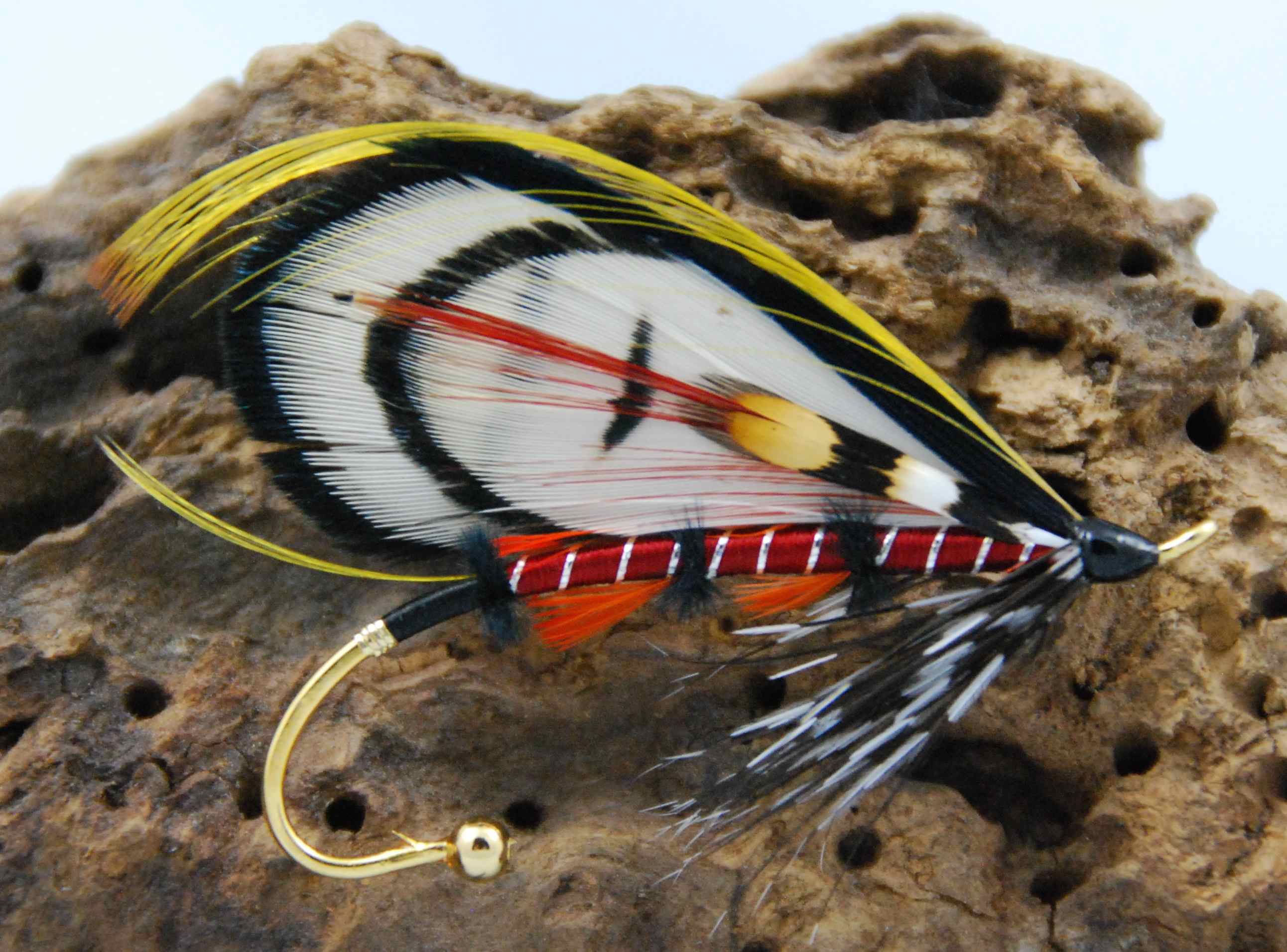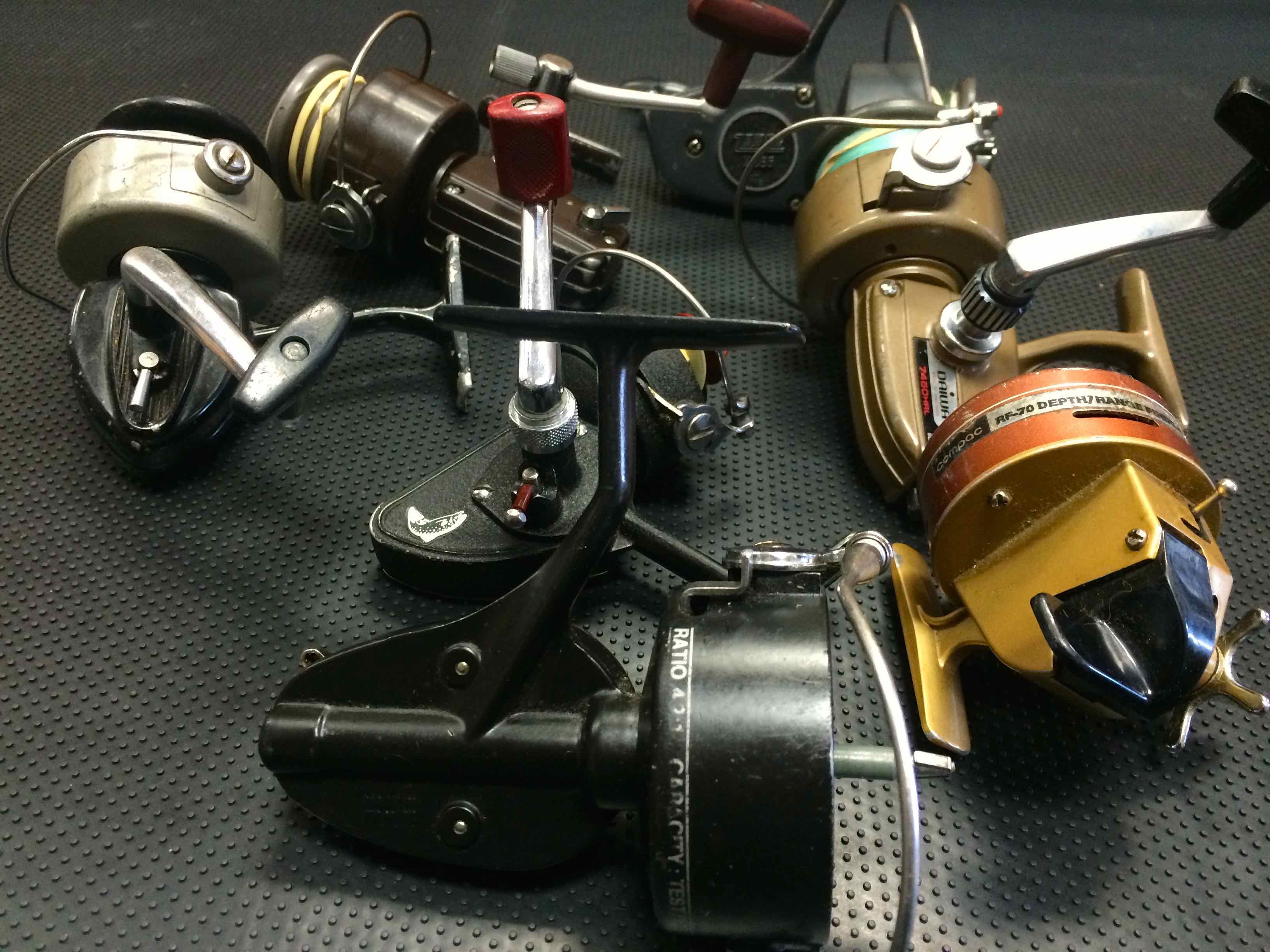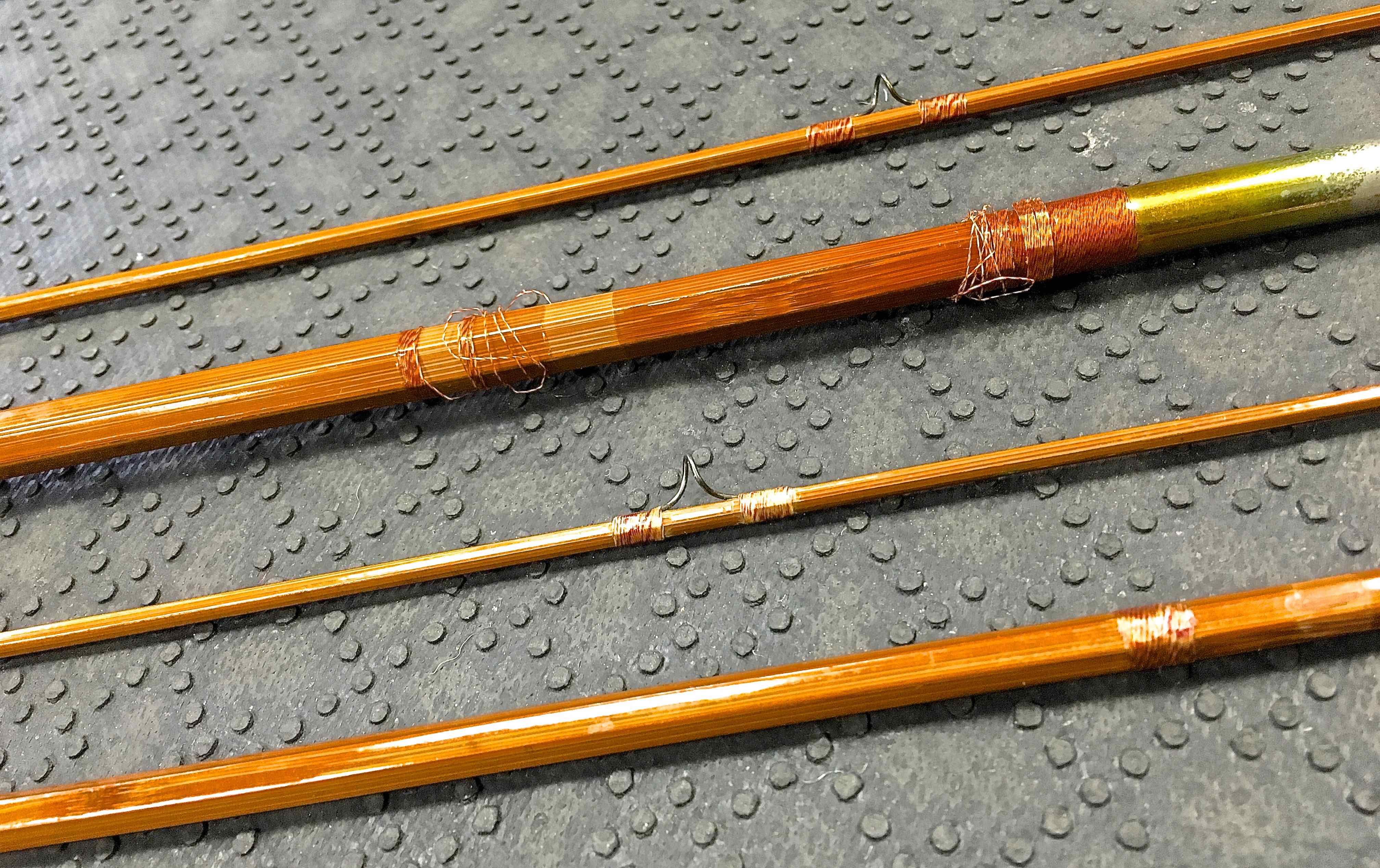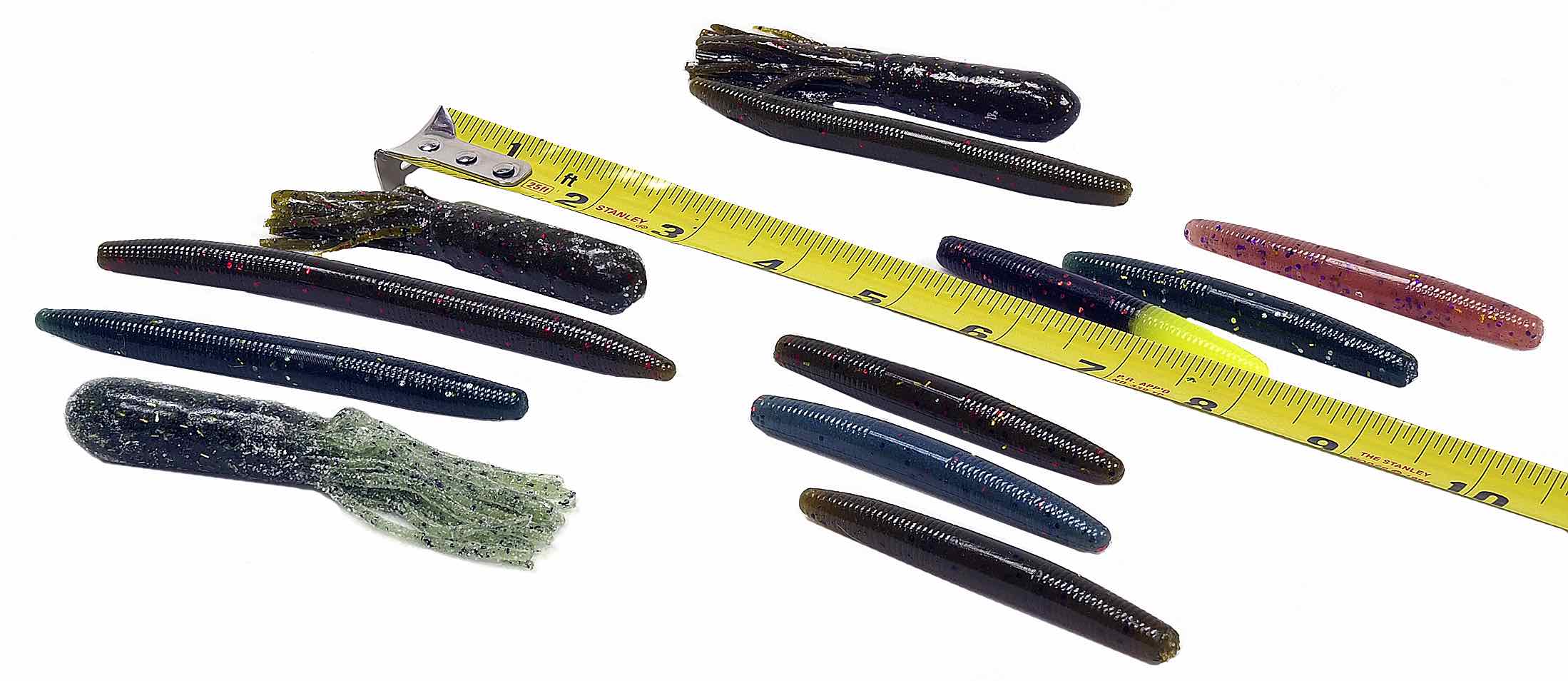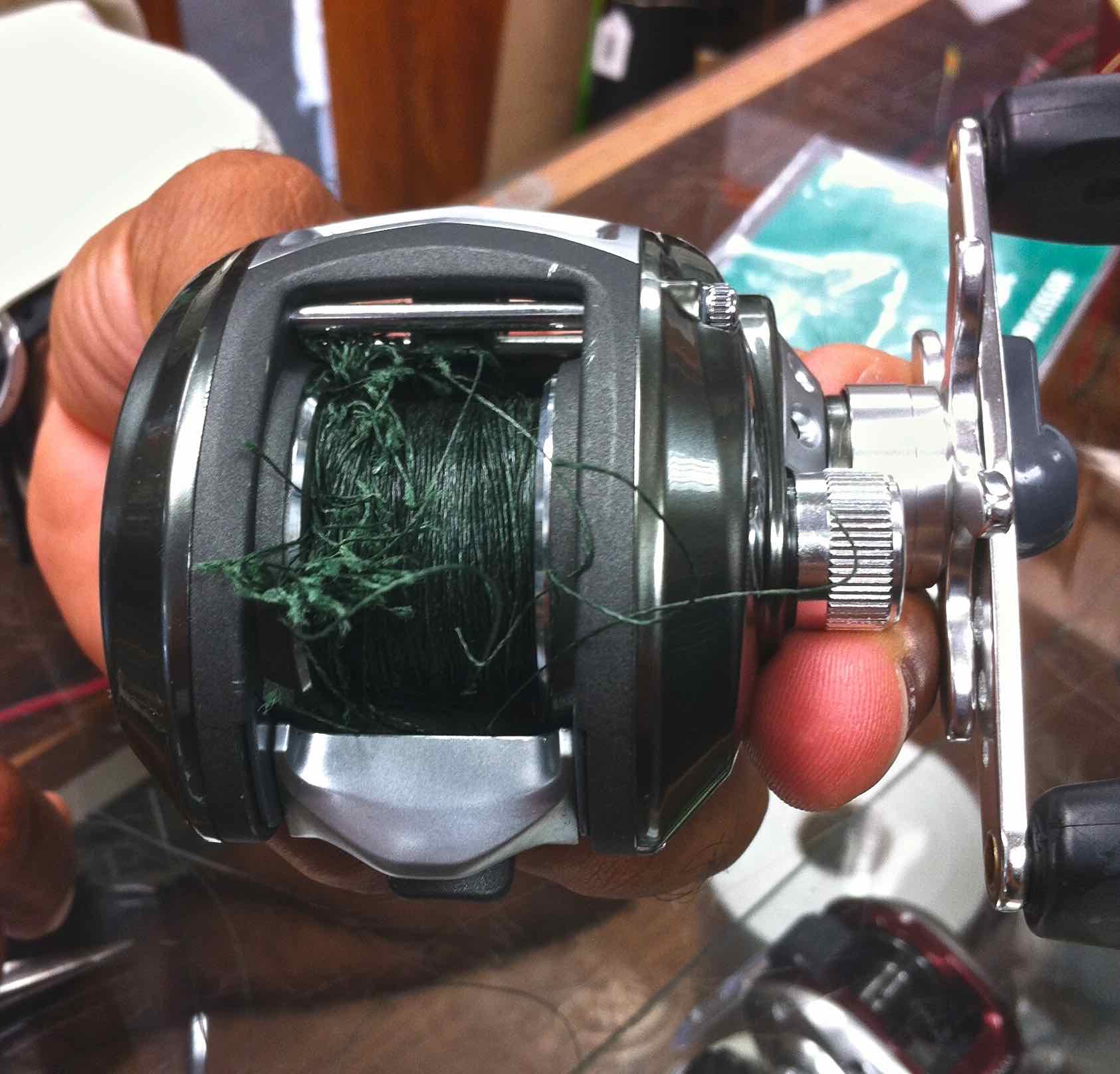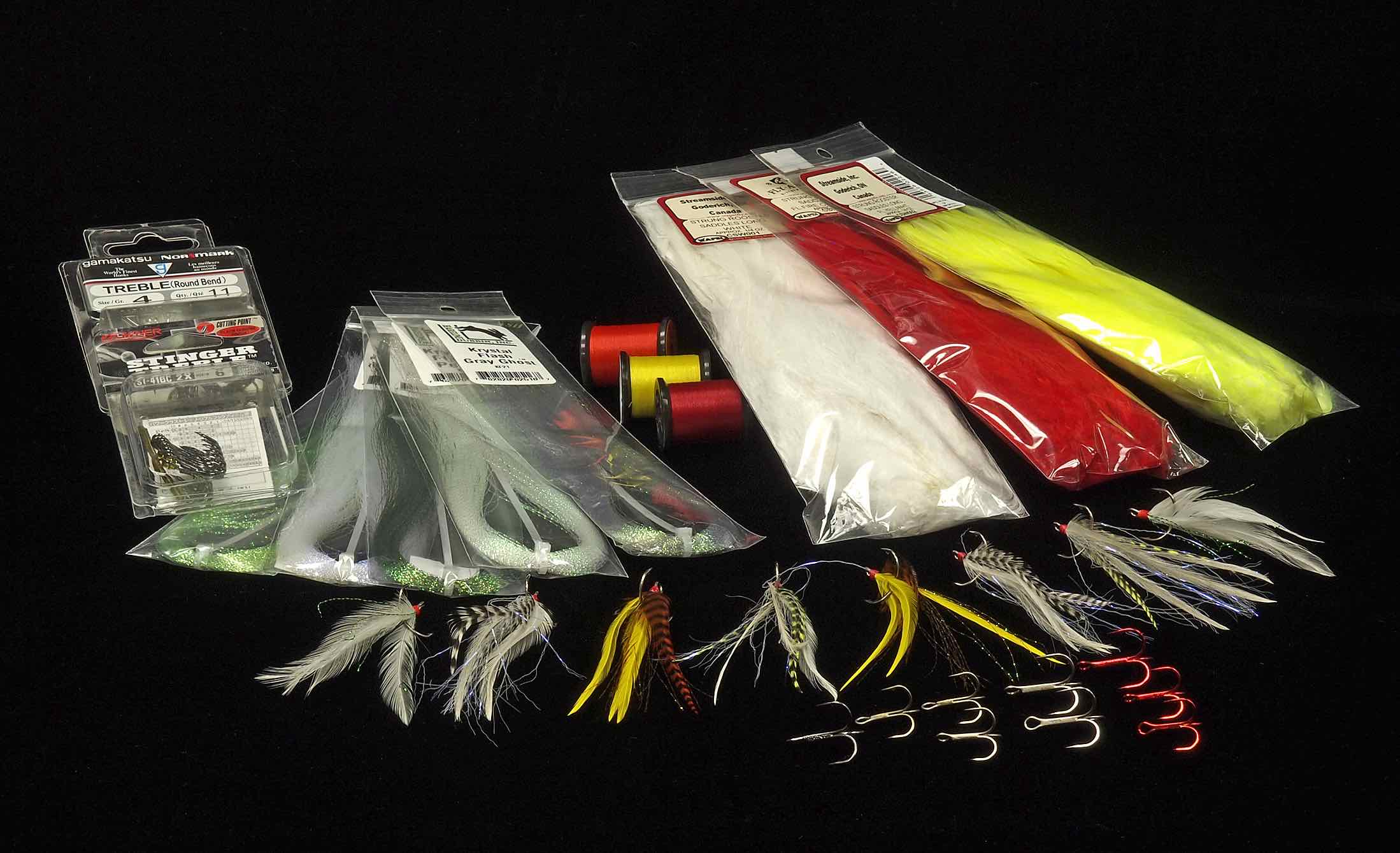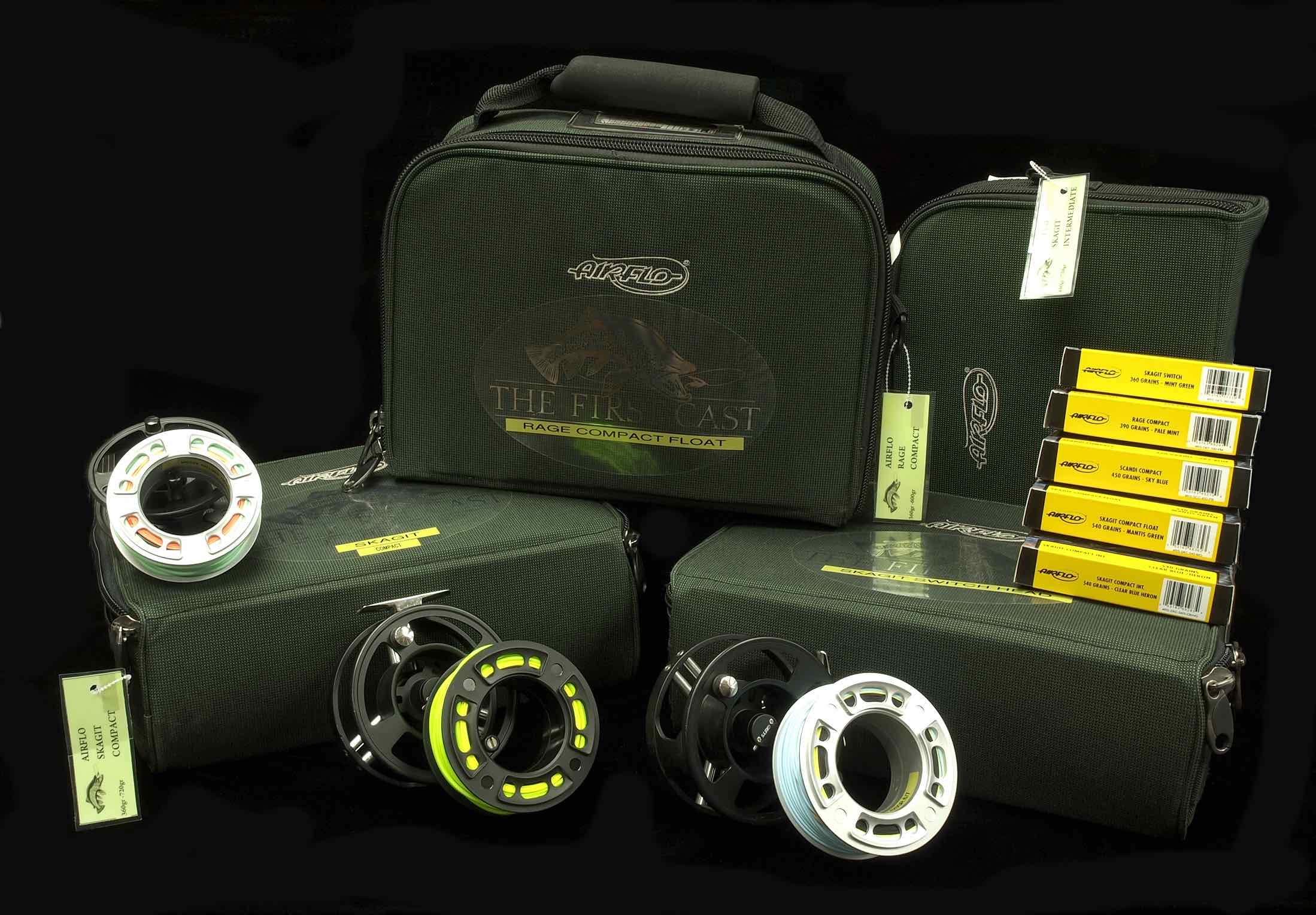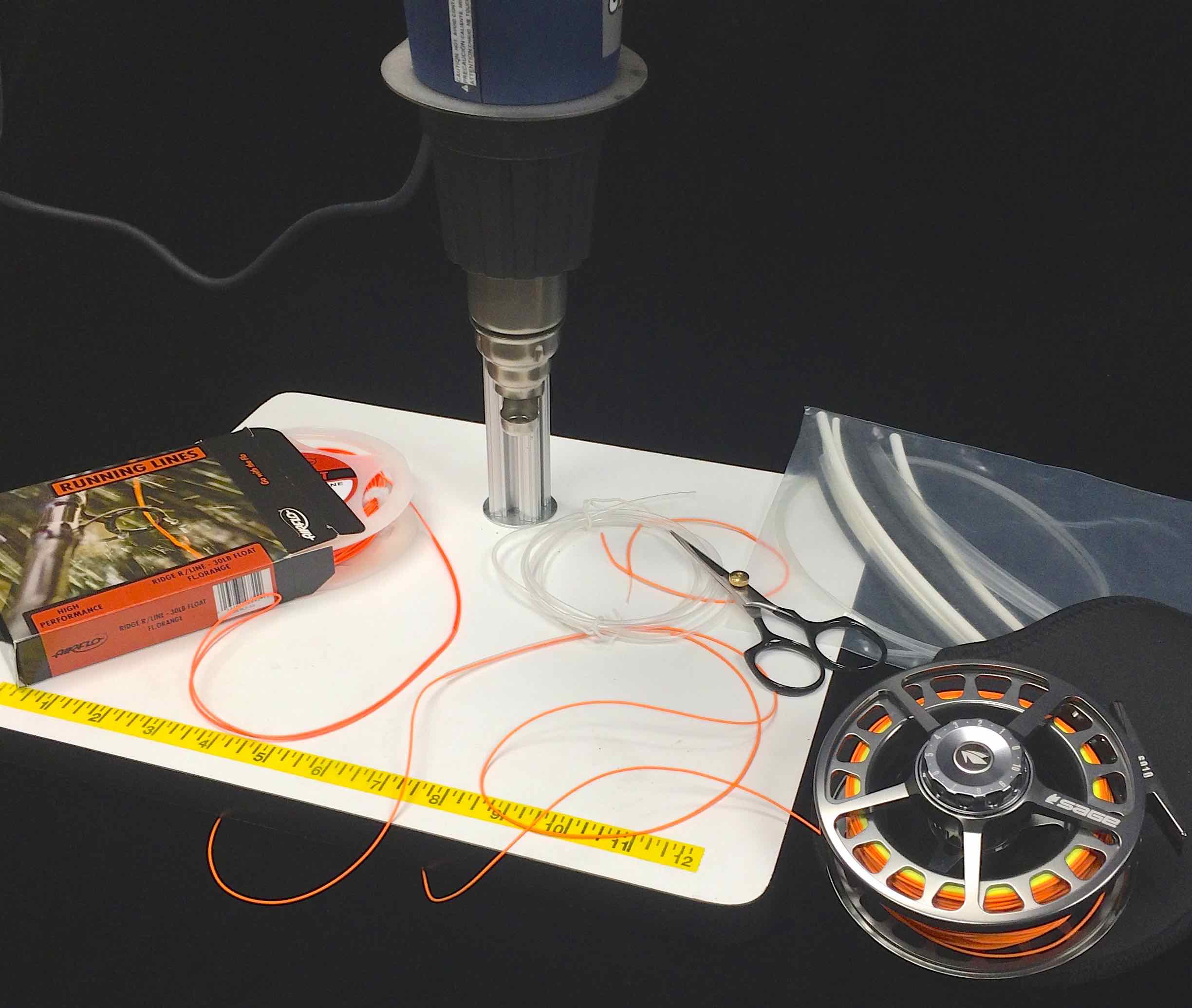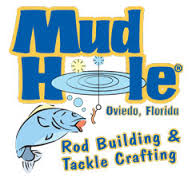Orconectes propinquus
Northern Clearwater Crayfish
DESCRIPTION:
This species, Ecrevisse a Rostre Careen, is the smallest of the Canadian species. It is easily identified by a prominent rostral carina. Colouring is basically brown-green with a broad dark mid-dorsal stripe on abdomen and chela with orange tips. An unusual white morph of this species has been found in Lake Simcoe (Dunham et al., 1979; Jordan and Dunham, 1980).
HABITAT:
Found in a variety of habitats. It can be found in small muddy or rocky streams, large rivers as well as shallow ponds and deep lakes.
DISTRBUTION:
Canada/Ontario
Canada/Ontario Ð The Northern Clearwater Crayfish is found only in Ontario and Quebec. In Ontario it occurs from the eastern shore of Lake Superior north to the Moose River drainage (James Bay) and south to Lake Huron, Ontario and Lake Erie (Crocker and Barr, 1968; Corey, 1987a, 1987b; 1988; David et al., 1994; Somers and Green, 1993; David et al., 1997). It has also apparently been introduced into northwestern Ontario (Nipigon River, Burditt Lake and Lake of the Woods near the Sioux Narrows) where it appears to be spreading (Crocker and Barr, 1968; Momot pers. comm.; Schueler pers. comm.). In Quebec its distribution remains unclear but it has been collected from the St. Lawrence river (at Montreal), Ottawa River and its northern tributaries (Ottawa region), Lake Dunford, Riviere Kinjevis and lac Kipawa. The species is also thought to be found throughout the region north of the St. Lawrence River (Dube pers. comm.).
North America
This species range centers in northeastern North America. It occurs in Ontario, Quebec, New York, Vermont, Massachusetts, Pennsylvania, Ohio, Iowa, Illinois, Indiana, Michigan, Wisconsin and Minnesota (Page, 1985; Hobbs III et al., 1989; Taylor et al., 1996).
ECOLOGY:
The Northern Clearwater Crayfish is found in a variety of habitats (Berrill, 1978). It can be found in small muddy or rocky streams, large rivers as well as shallow ponds and deep lakes. When on sandy, rocky or gravelly substrate it digs shallow depressions under rocks or woody debris but like many other “open- water” species, it is capable of constructing extensive burrow networks in clay bottomed streams where cover is scarce (Berrill and Chenoweth, 1982; Hamr, 1984; Hamr and Sinclair, 1985). In Ontario, populations of Northern Clearwater Crayfish have been found in warmer lower elevation, higher pH and more eutrophic lakes, as well as lakes having shallower maximum depths (David et al., 1997). The activity (and trapability) of this species appears to be affected by predatory fishes such as bass (Collins et al., 1983). Laboratory studies have shown this species to have a fairly high station holding capacity (35 cm/sec or 13.7 in./sec) in fast currents which is likely to enable it to live in fast flowing streams (Maude and Williams, 1983). In Ontario, the Northern Clearwater Crayfish has been found together with the Appalachian Brook Crayfish, the Robust Crayfish, the Virile Crayfish, the Papershell Crayfish, the Obscure Crayfish and the Rusty Crayfish.
LIFE HISTORY:
In Ontario populations, mating occurs from mid July to September and again in early April, eggs are laid from late April to early June (water temperature > 5¡C/41¡F) and are carried for 4-6 weeks. Hatching takes place from mid-May to mid-July and young are carried for about 2 weeks. Maturity is generally attained at 16-20 mm (0.62-0.78 in.) CPL but the minimum size of maturity is 13 mm (0.51 in.) CPL. The average adult size is 23 mm (0.9 in.) while the average lifespan is 2 years. The largest specimen recorded is 35 mm (1.37 in.) CPL and the maximum life span is 3-4 years old. Moulting takes place throughout the summer in immature crayfish. Mature males moult to Form II in May and then back to Form I in Mid July. Mature females moult once in July (Crocker and Barr, 1968; Berrill, 1978; Corey, 1987a, 1987b, 1988). Maturity is attained at about 20 mm (0.78 in.) CPL and the maximum recorded size is 45 mm (1.76) CPL (Page, 1985).
CONSERVATION STATUS:
Although generally widespread in its Canadian range, it has recently faced severe competition for resources by invading or expanding species. In Ontario, the Rusty Crayfish which is closely related and occupies a similar niche, has eliminated this species from numerous watersheds in the south and north of the province (Berrill, 1978; Corey, 1988; Olsen et al., 1991; Barr, 1996; Hamr, 1997a; Momot, 1997). The Rusty Crayfish is larger, more aggressive, and has a greater fecundity as well as faster egg and larval development than the Northern Clearwater Crayfish (Corey, 1988). Competition between the two also occurs via hybridization and reproductive interference (Capelli and Capelli, 1980; Berrill, 1985; Schueler, 1988; DiDonato and Lodge, 1993; Gunderson, 1995; Hamr 1997a; Momot, 1997). Local declines and disappearance may also be due to water and air pollution and associated chemical changes in previously occupied watersheds. A study of crayfishes in lakes of the Canadian Shield in Ontario found decreases in the Northern Clearwater Crayfish as well as other native populations.
It was suggested that these declines may be linked to low pH and high aluminum concentrations (David et al.,1994).
Other studies showed that the Northern Clearwater Crayfish is absent in lakes with pH < 5.6 and that water at a pH of 5.4-6.1 is toxic to attached juveniles of this species and the Rusty Crayfish (Berrill et al., 1985).
Since the Northern Clearwater Crayfish is much less tolerant of acid conditions than either the Appalachian Brook Crayfish and the Robust Crayfish, the disappearance of this species (in the absence of other negative factors) may be a good indicator of lake acidification.
There appear to still exist many secure and dense populations of this species in Ontario. Local extirpation, however, appears to be an increasing problem.
Given the widespread, fast and continued expansion the Rusty Crayfish in eastern Canada the southern populations of Northern Clearwater Crayfish should be considered locally threatened or in some cases endangered.
Although there are many threatening factors acting on this species, given its apparent widespread distribution and abundance his species should be considered as “Vulnerable” in Canada.
(Used by permission: text by Premek Hamr, modified from “Baitfish of North America”2007
painting by Aleta Karstad)
We are the leading provider of Fly Fishing Lessons, Corporate Team Building, and Guiding on the Upper Grand River, the Upper Credit River, and the Conestogo River.
No Guelph, Fergus, Kitchener or Cambridge Fishing Tackle Retailer will boast as complete and diverse a store inventory, including a vast selection of Centerpin / Float Fishing Reels, Rods, Clothing and Accessories.
Order a HLS or TFC Gift Card – We will put one in the mail for FREE!
Fly Shop Flyshop Flyfish Grand River Fly fish Grand River Guide Grand River Lesson Grand River Fergus Ontario Canada

